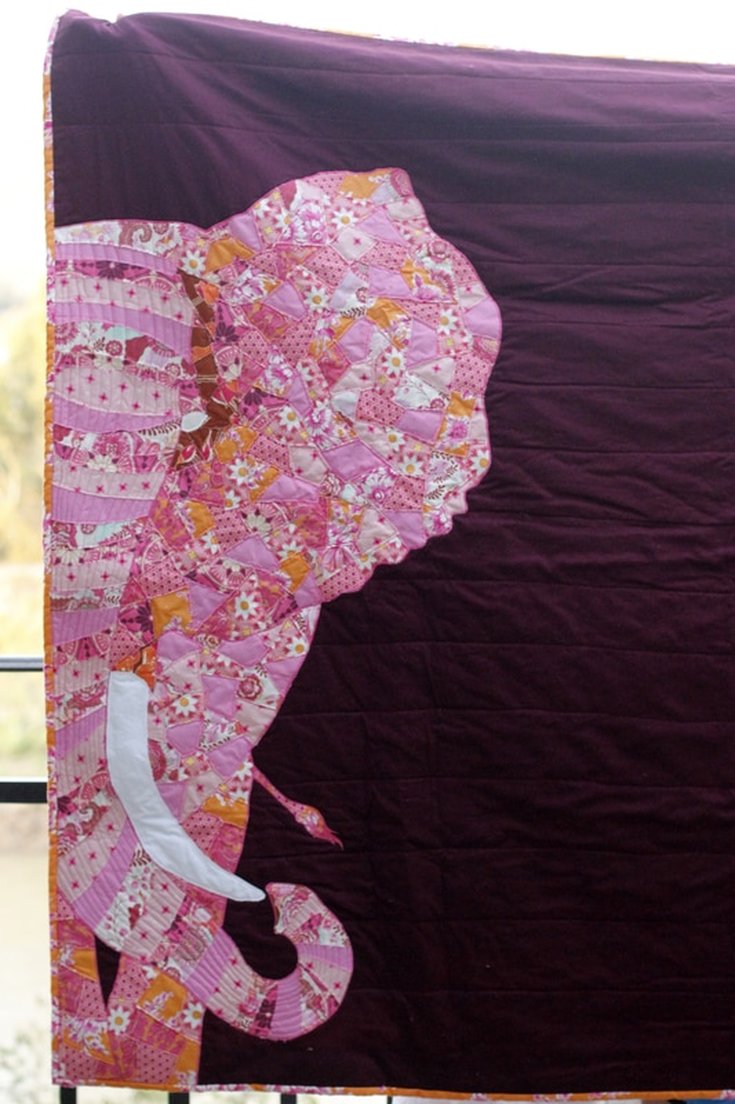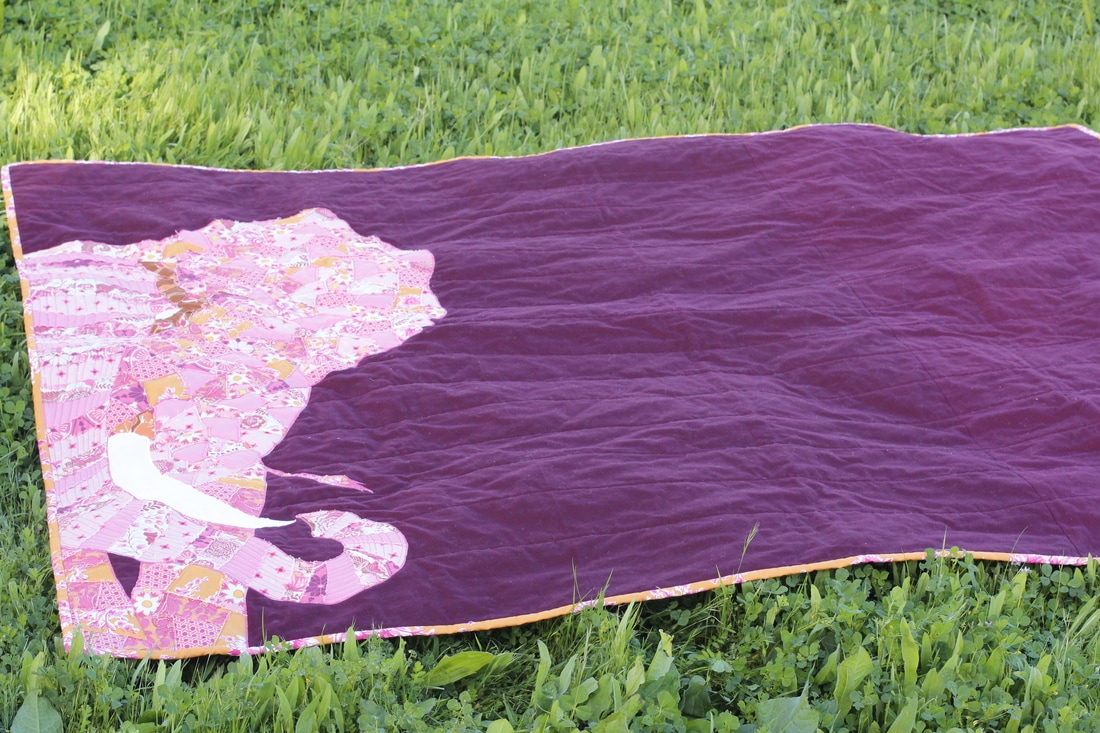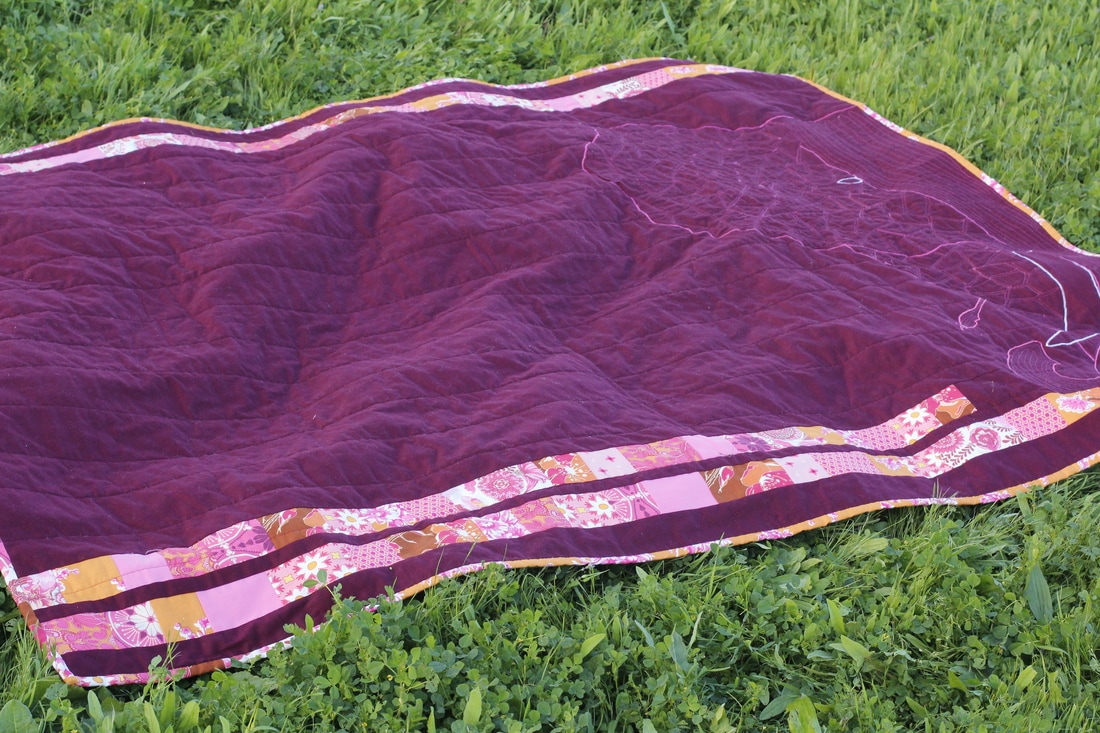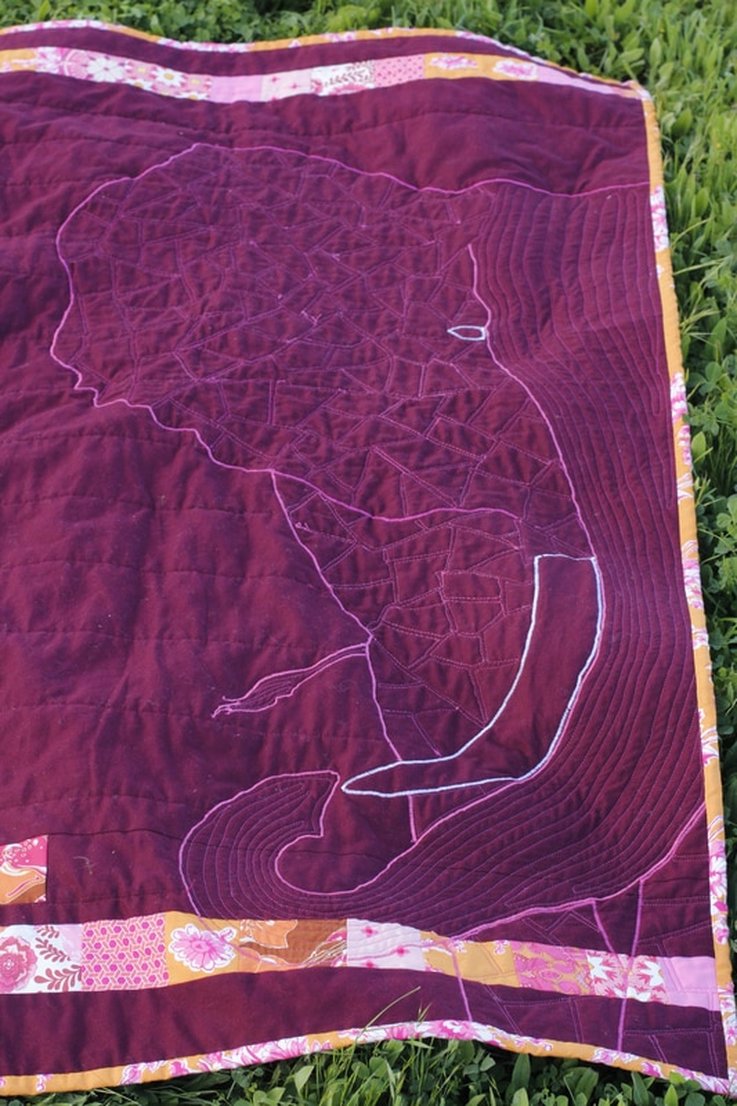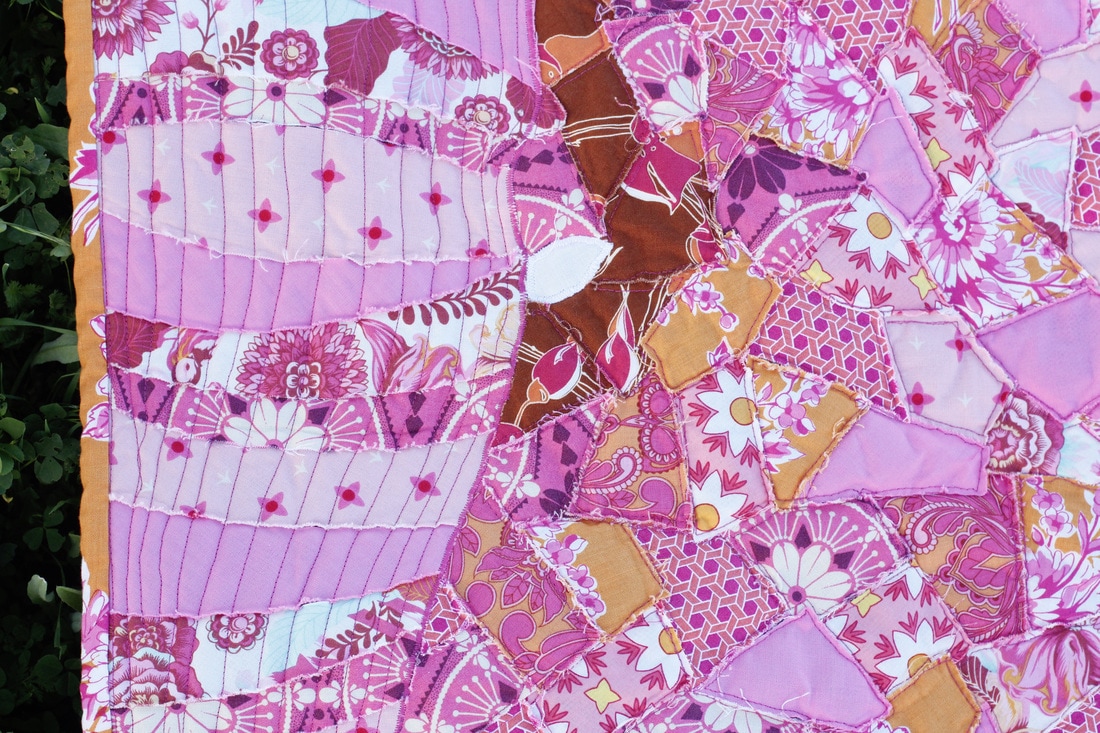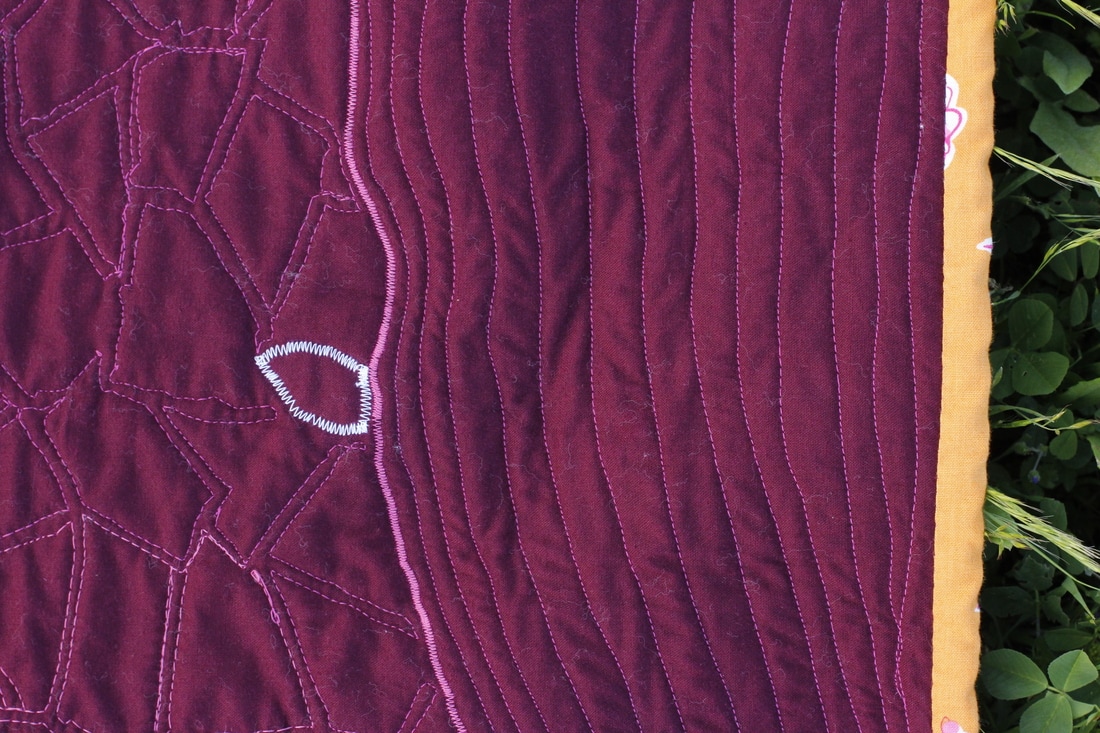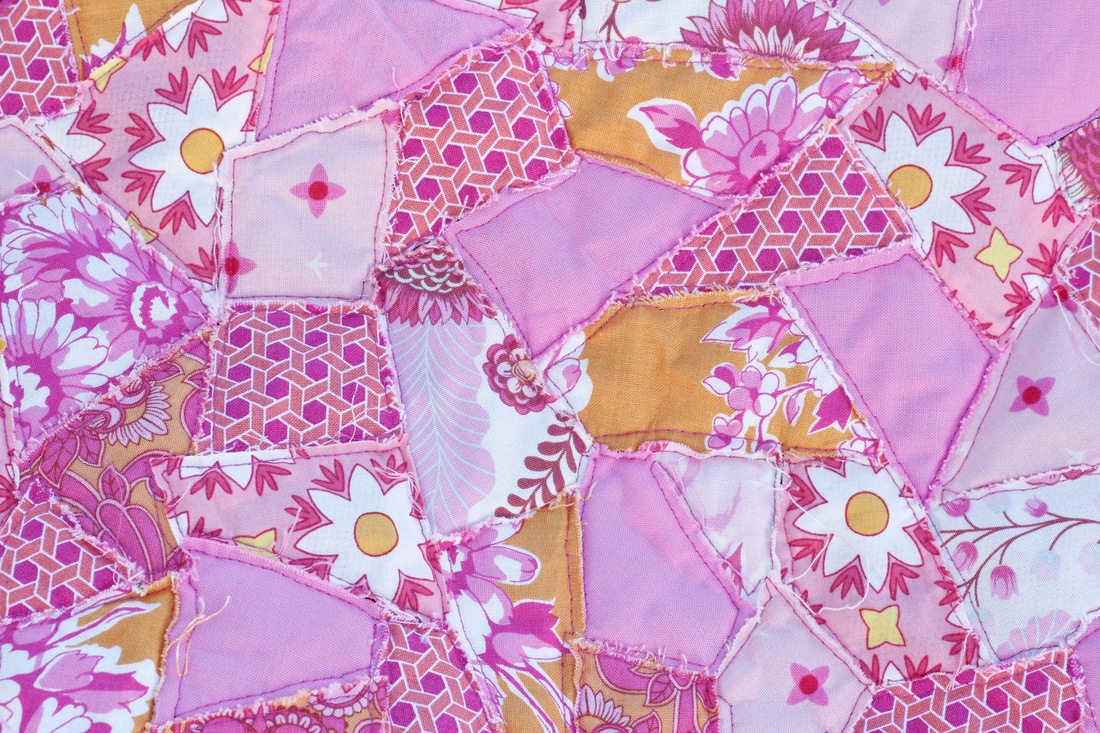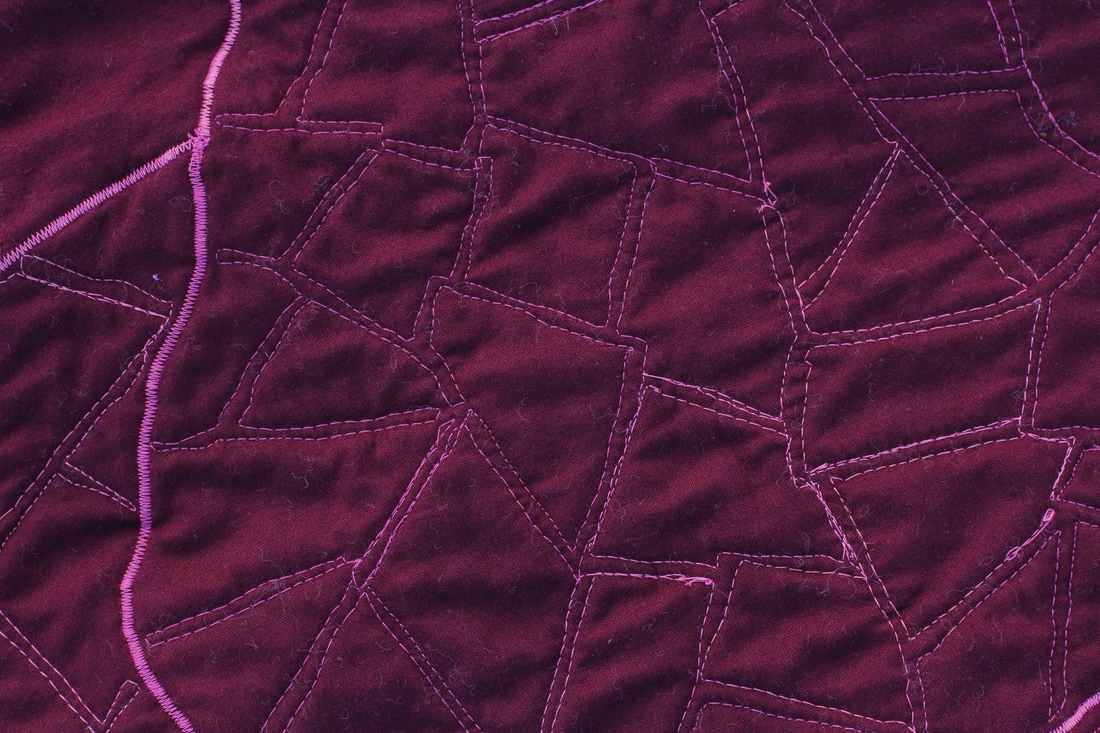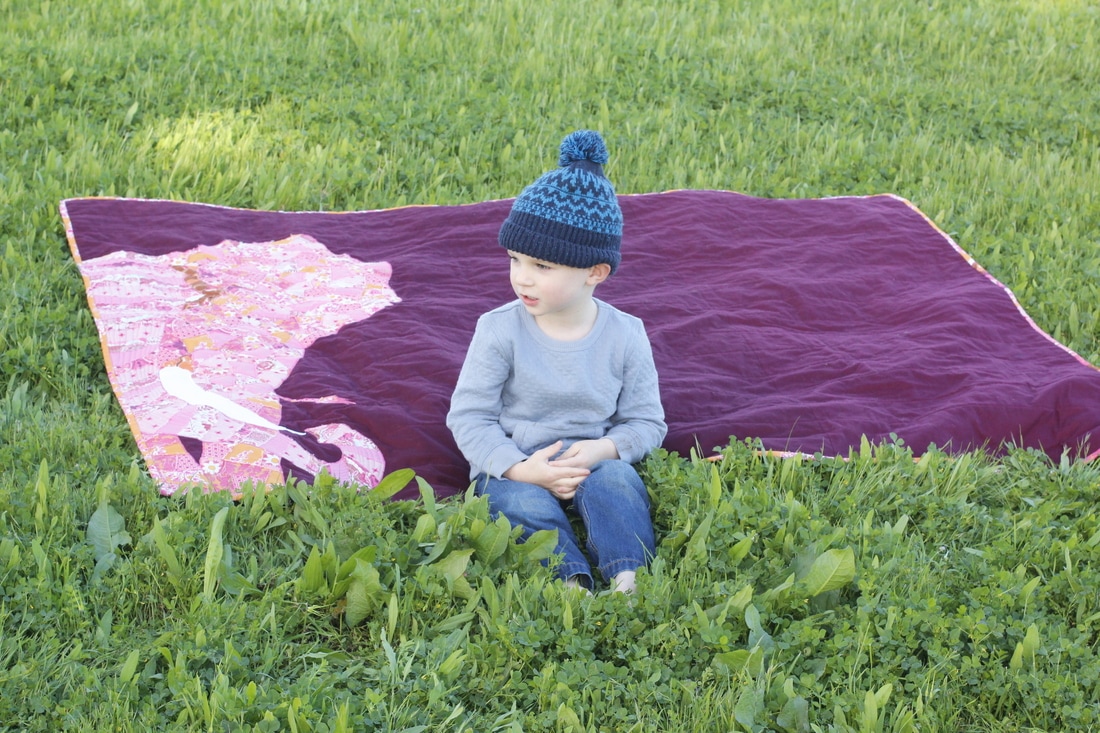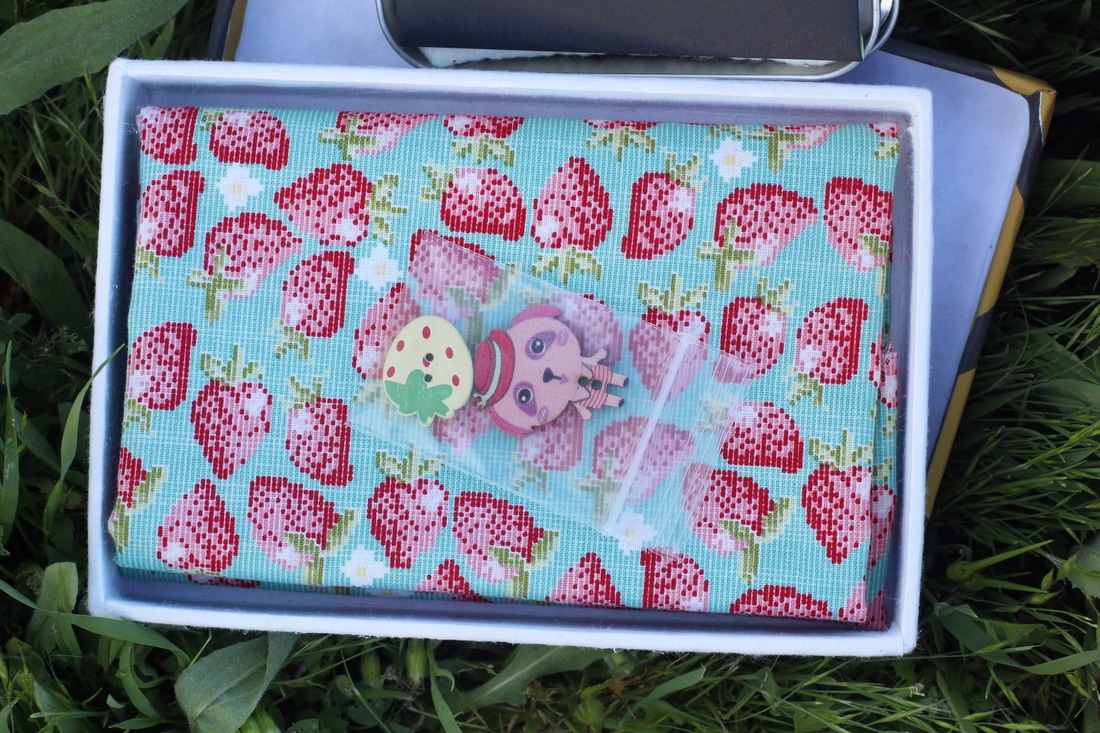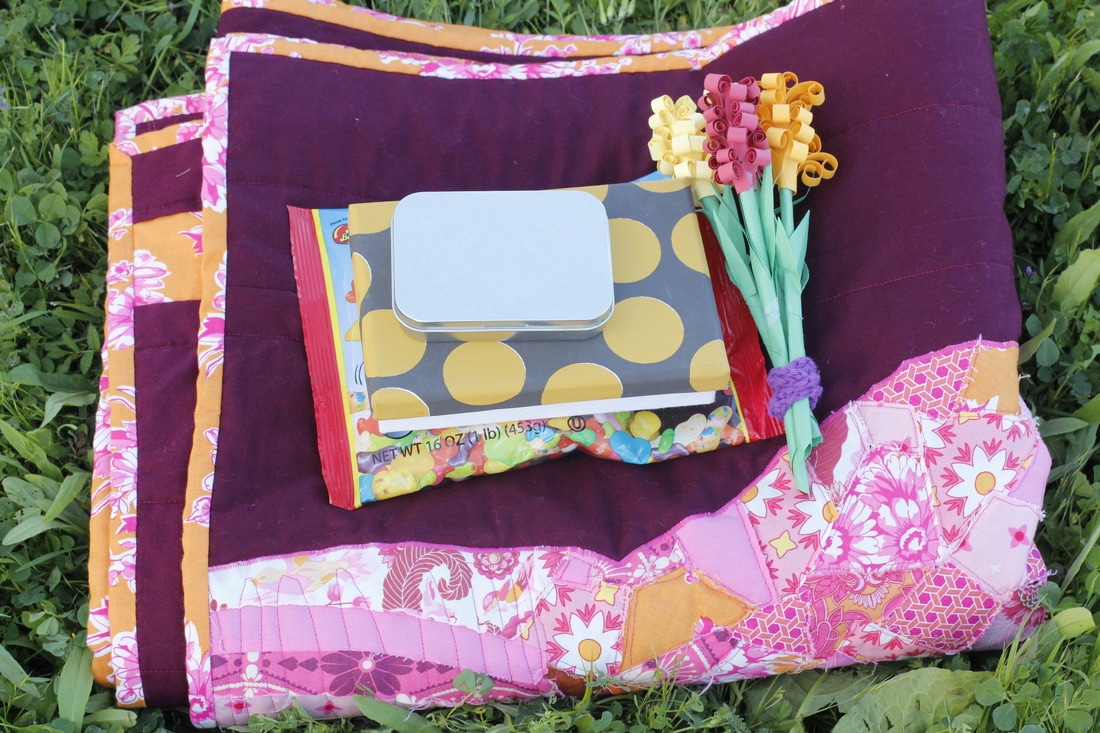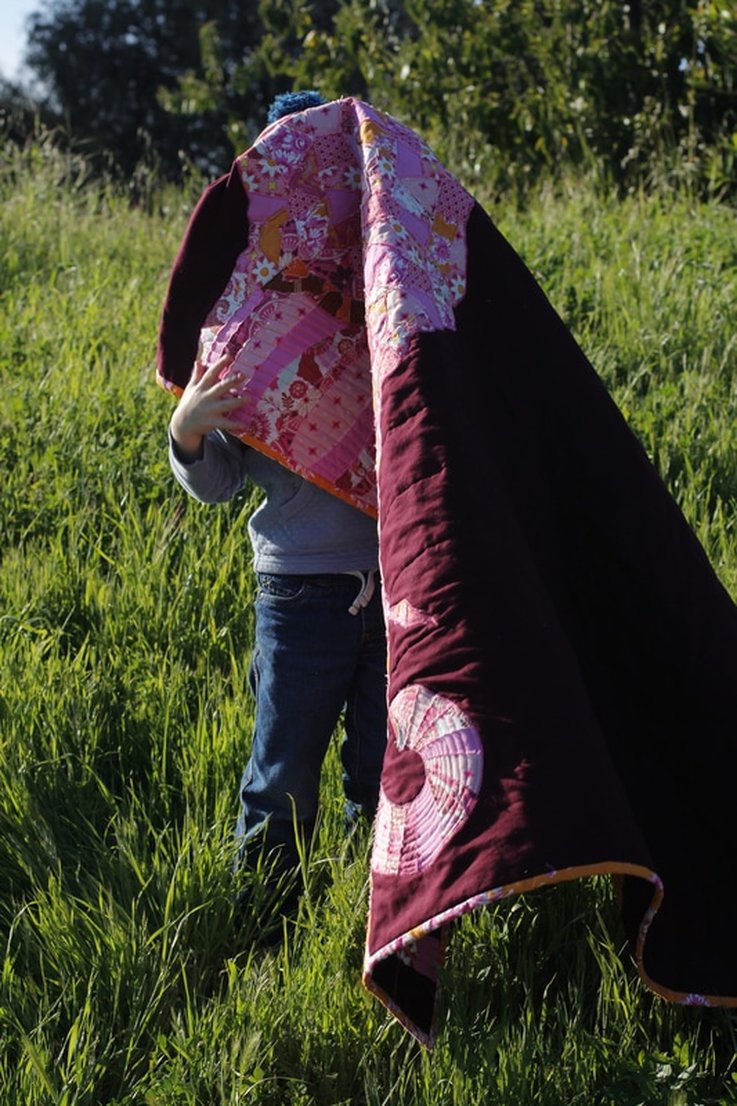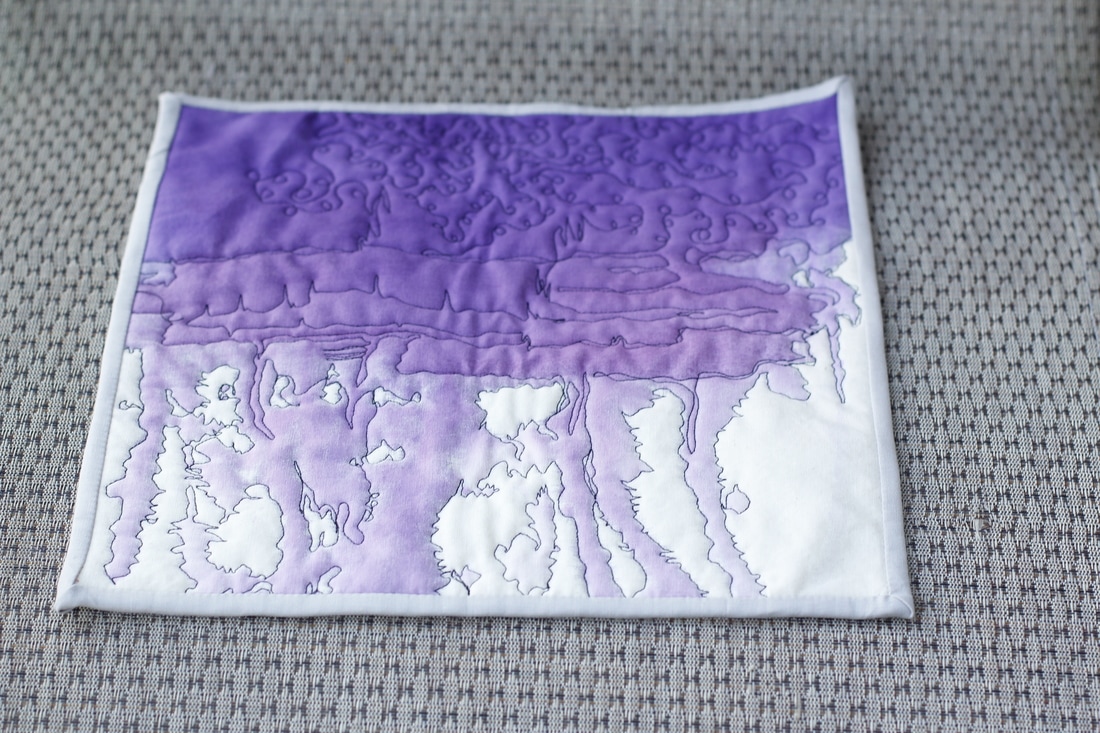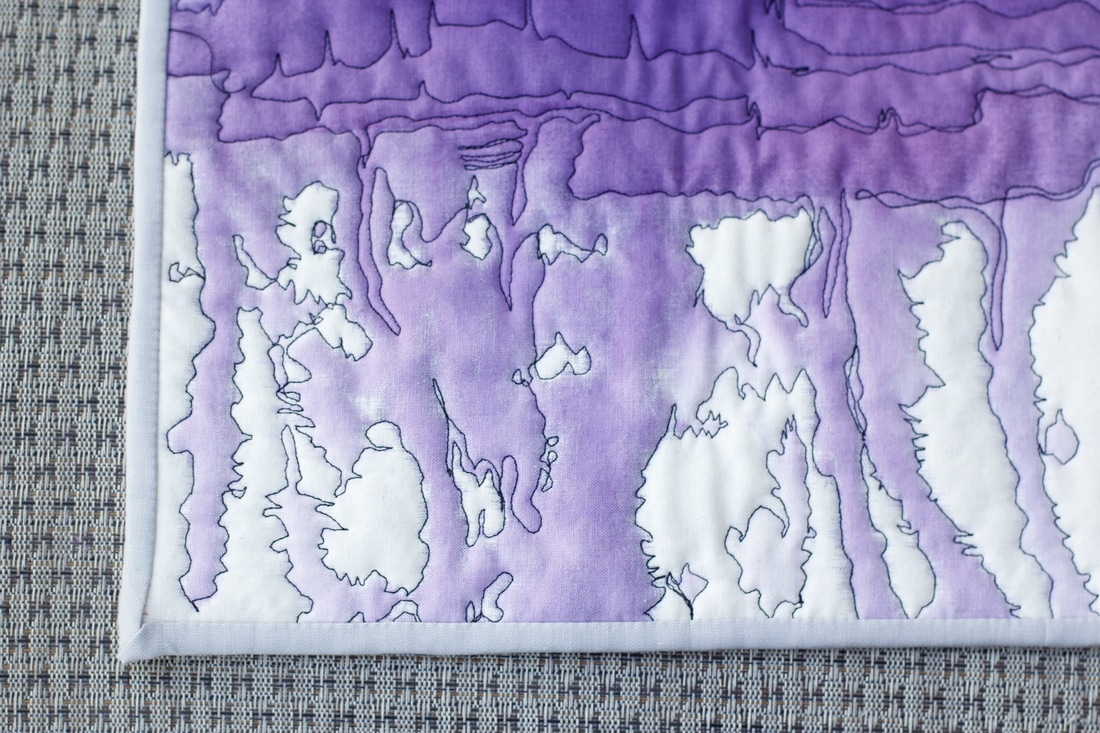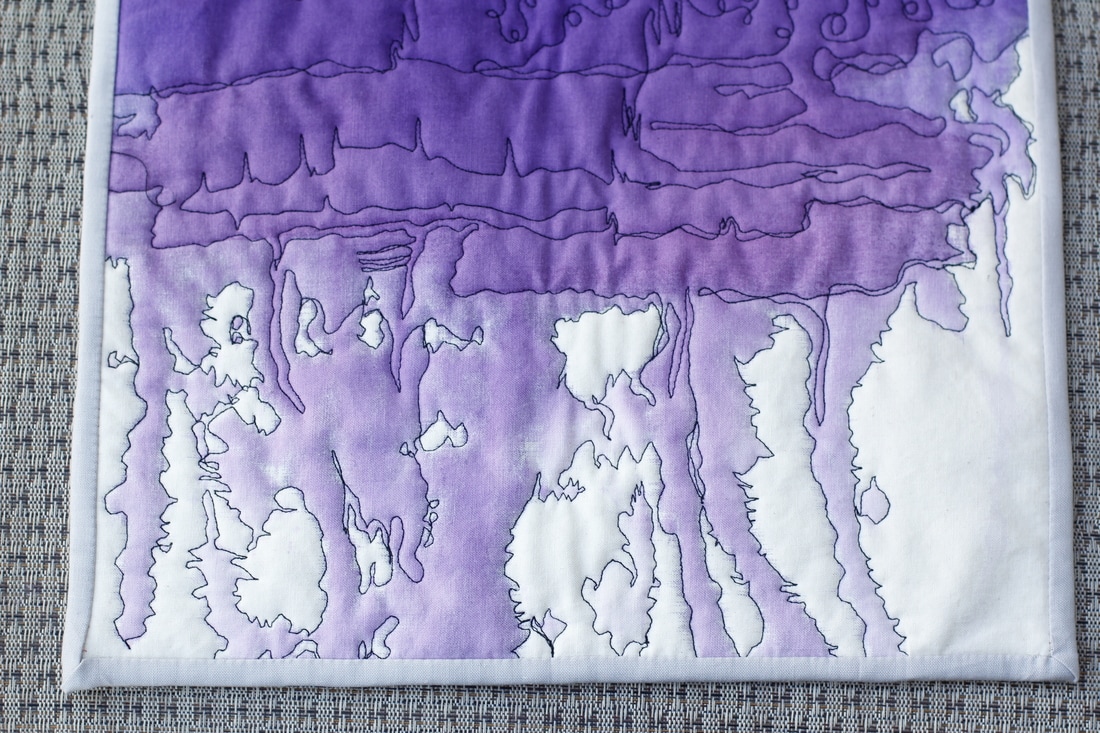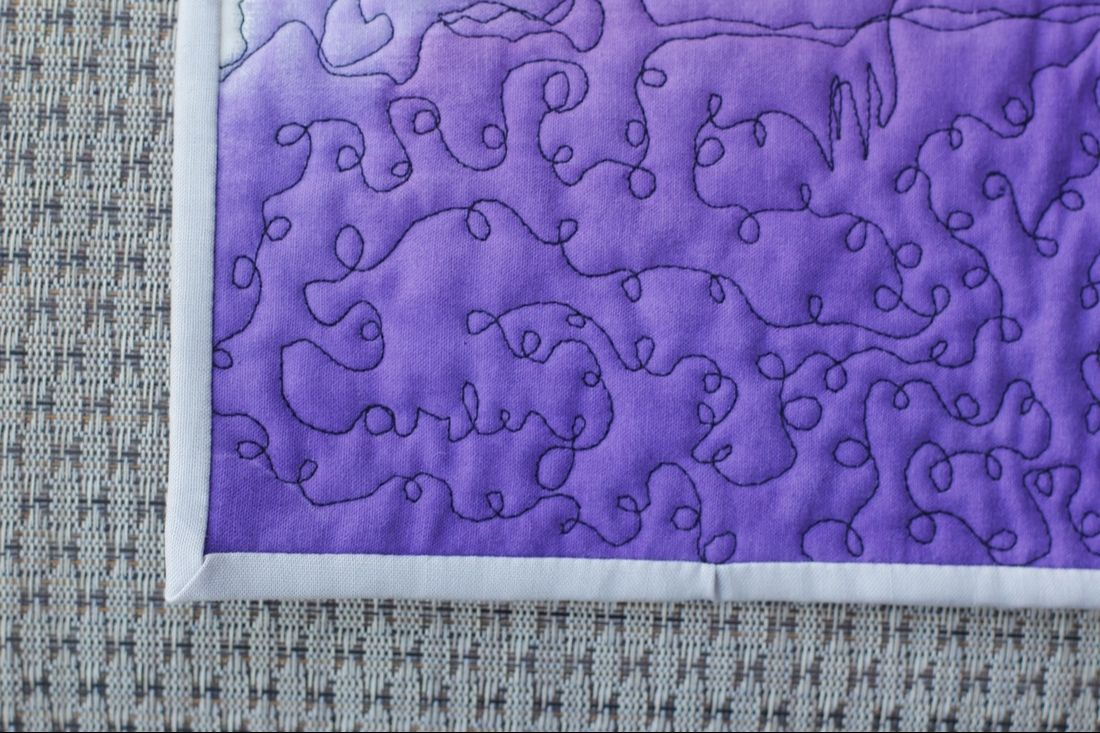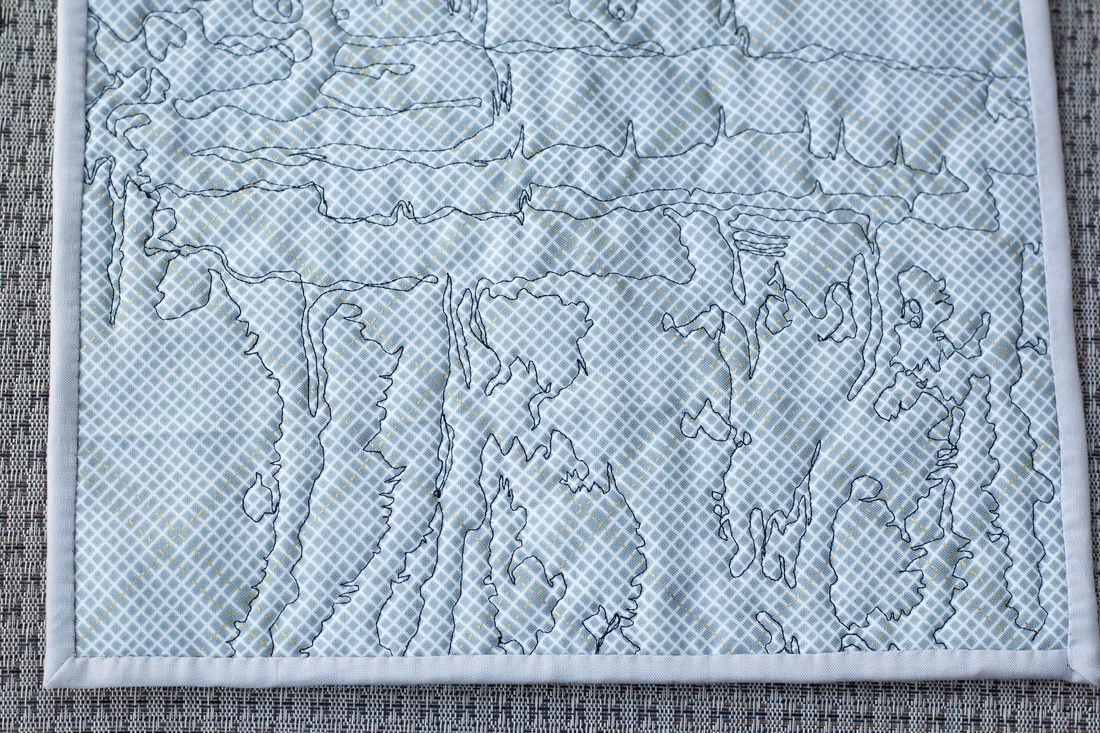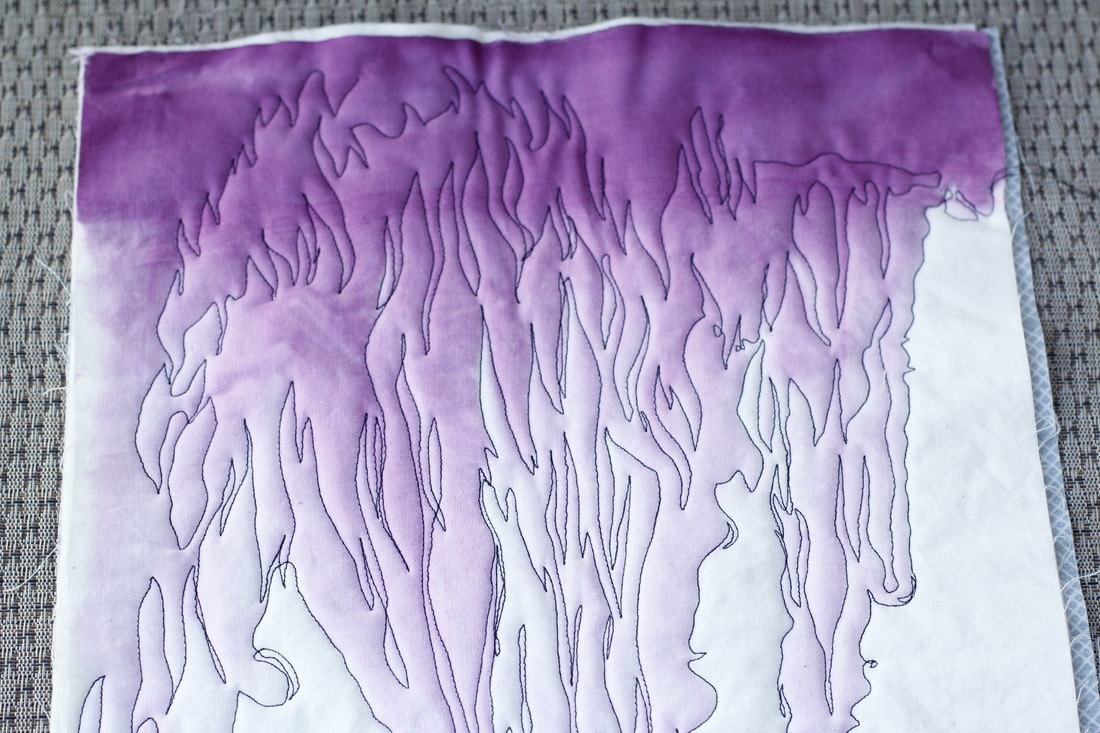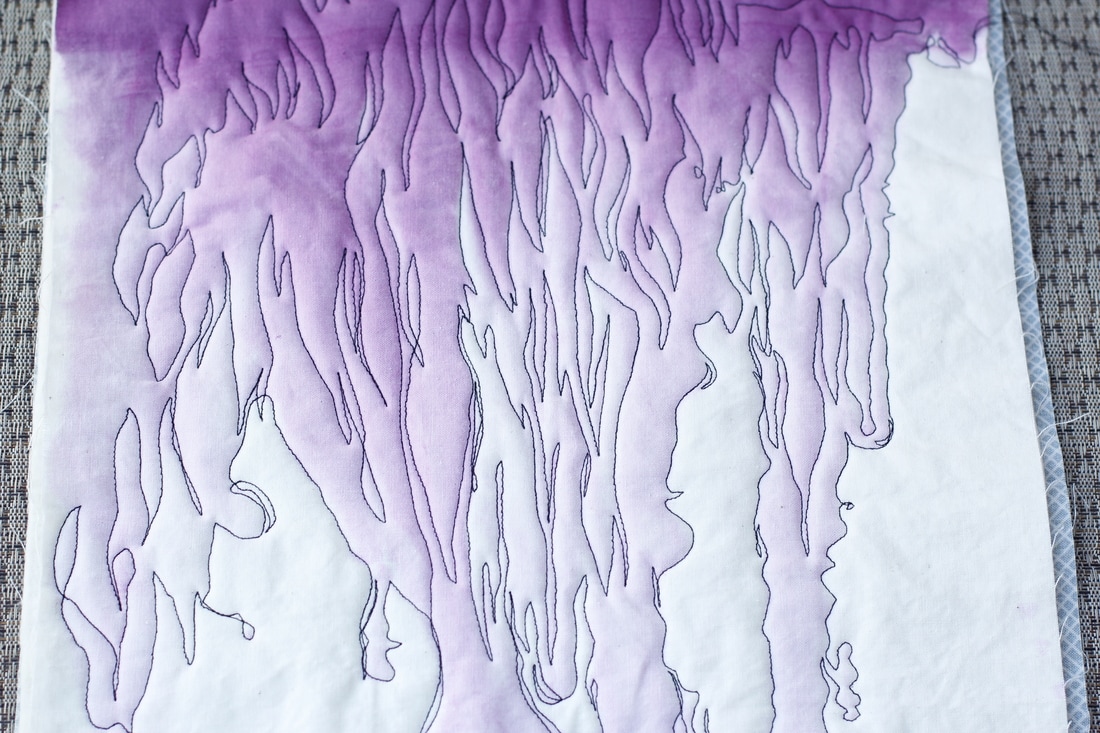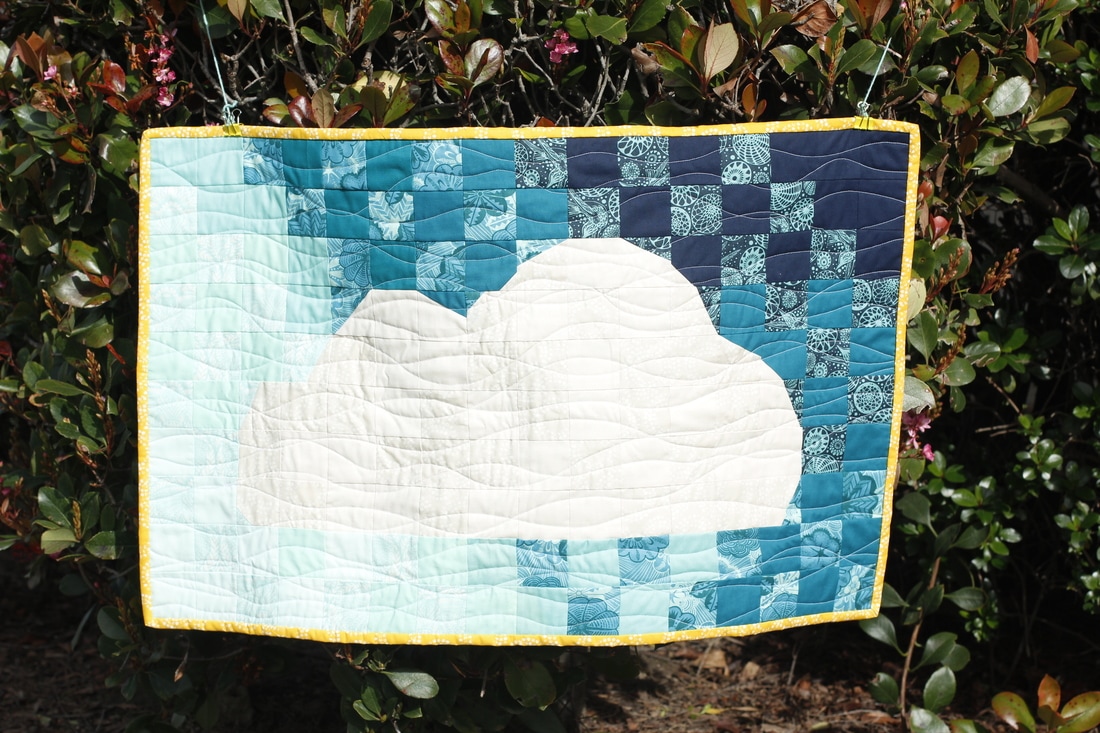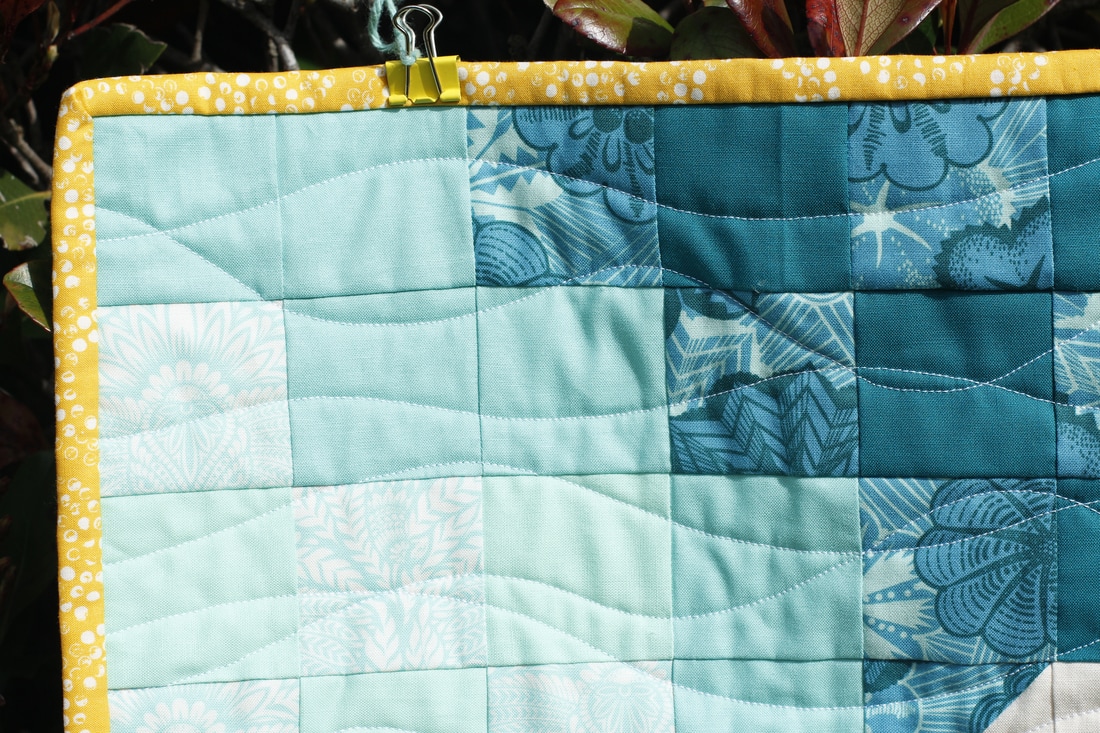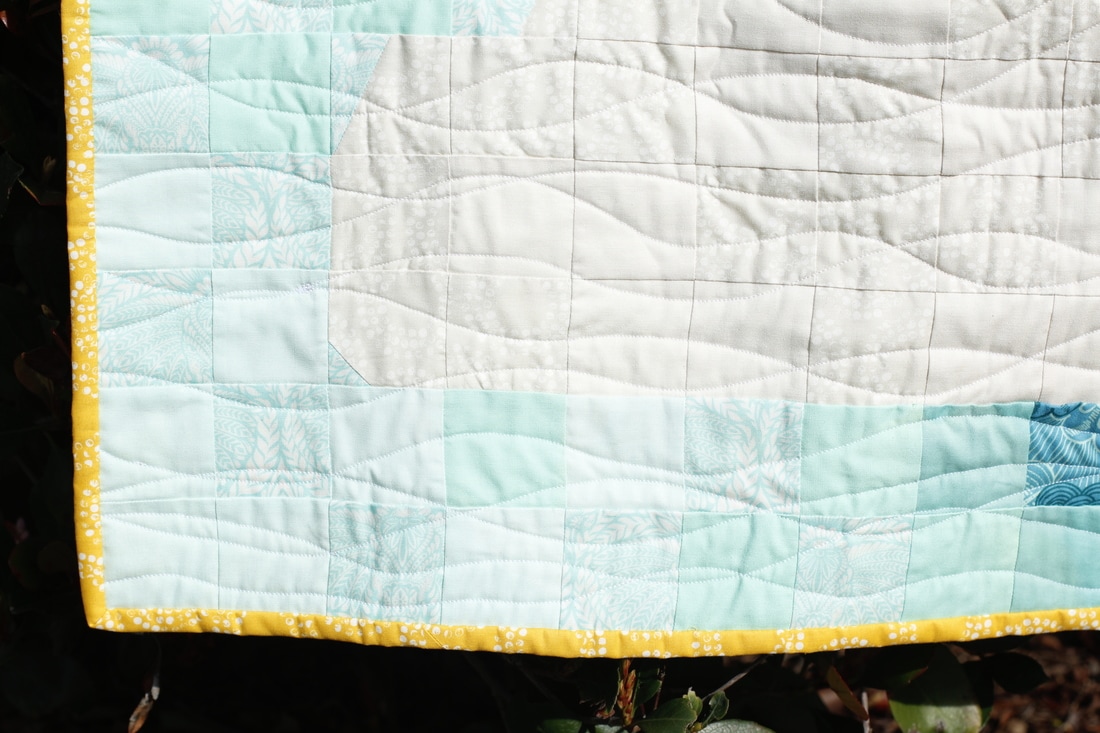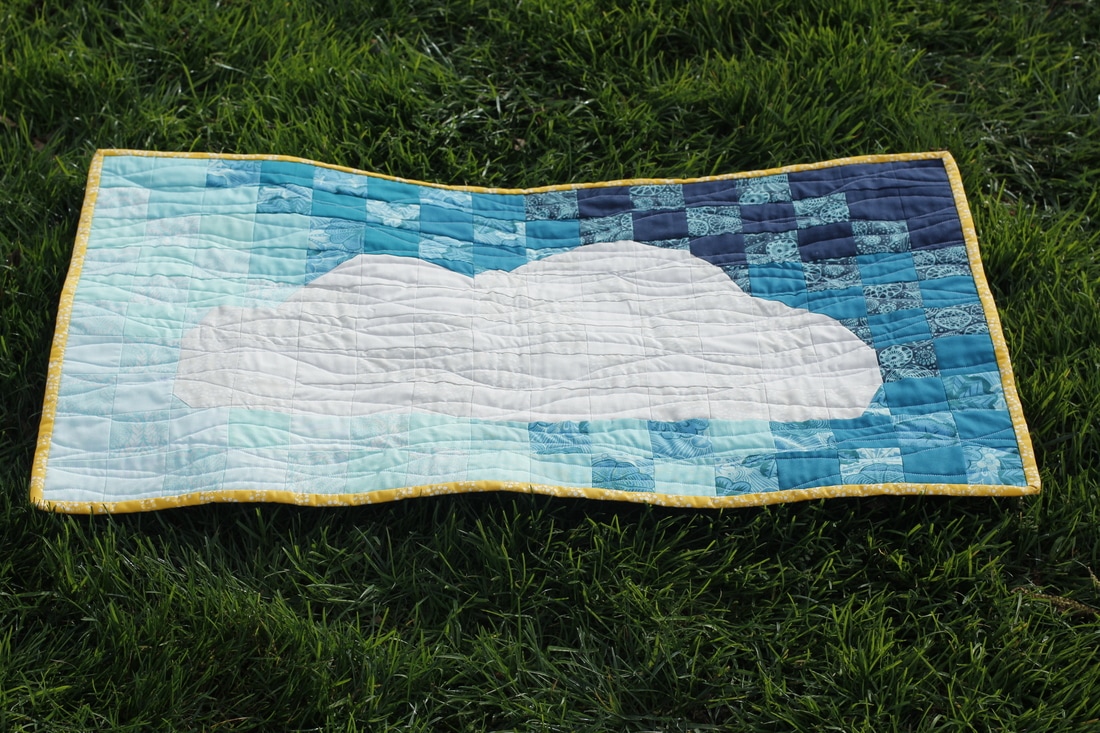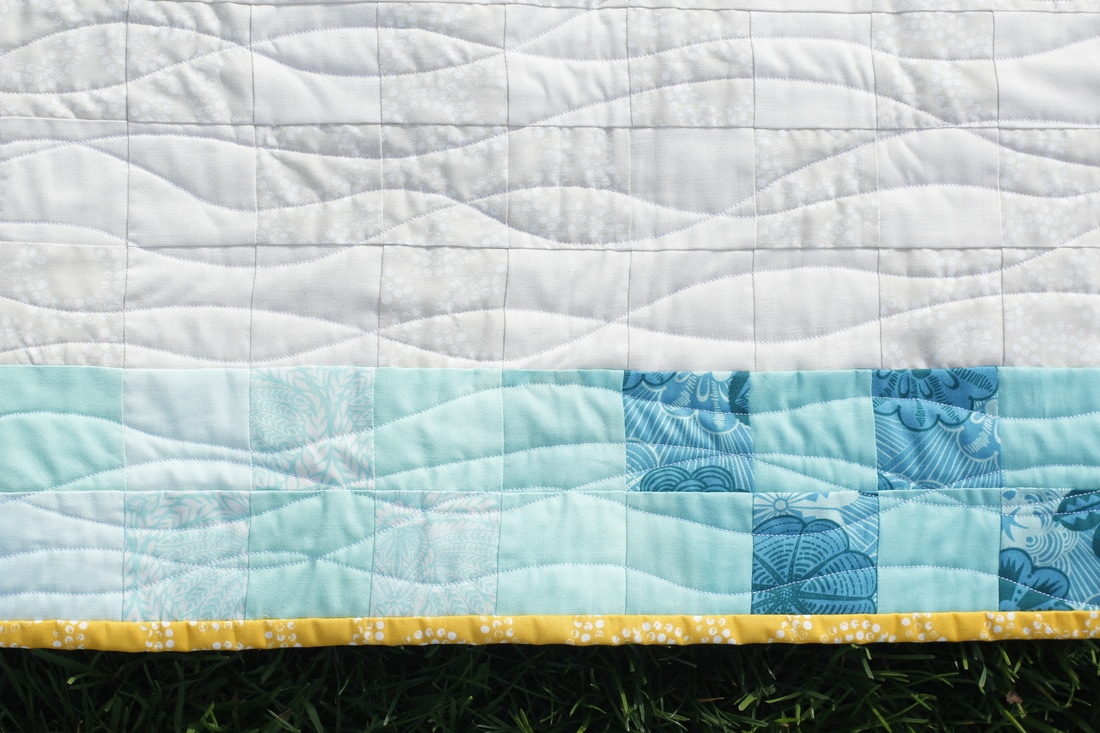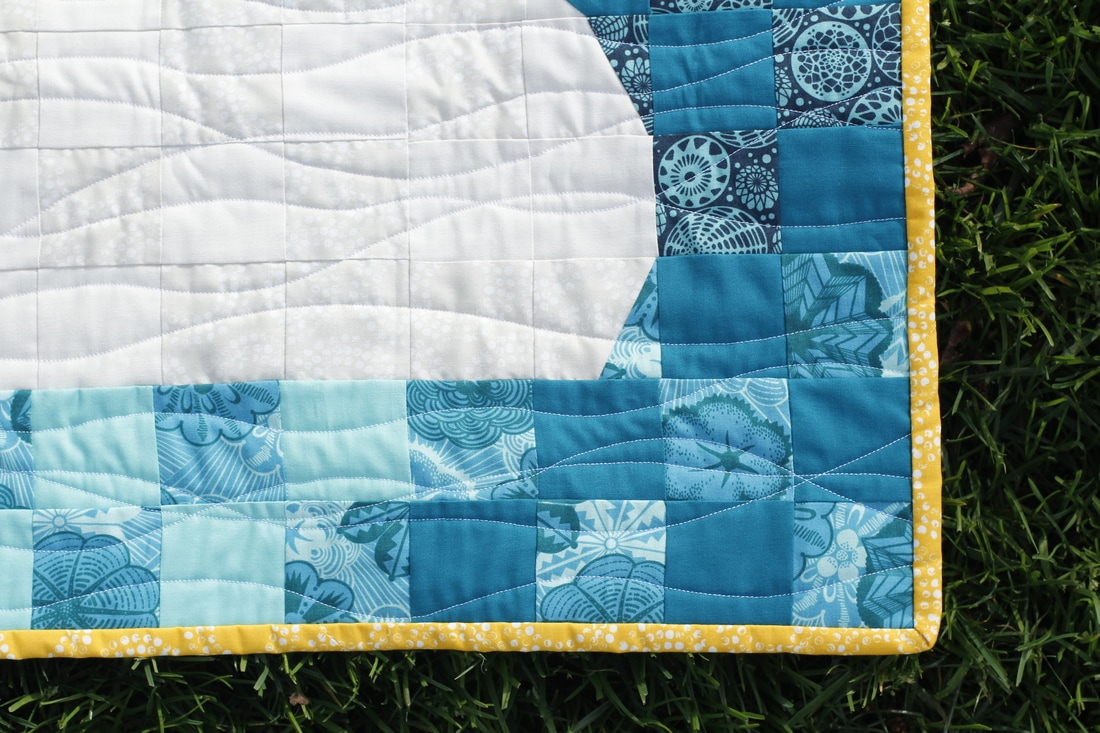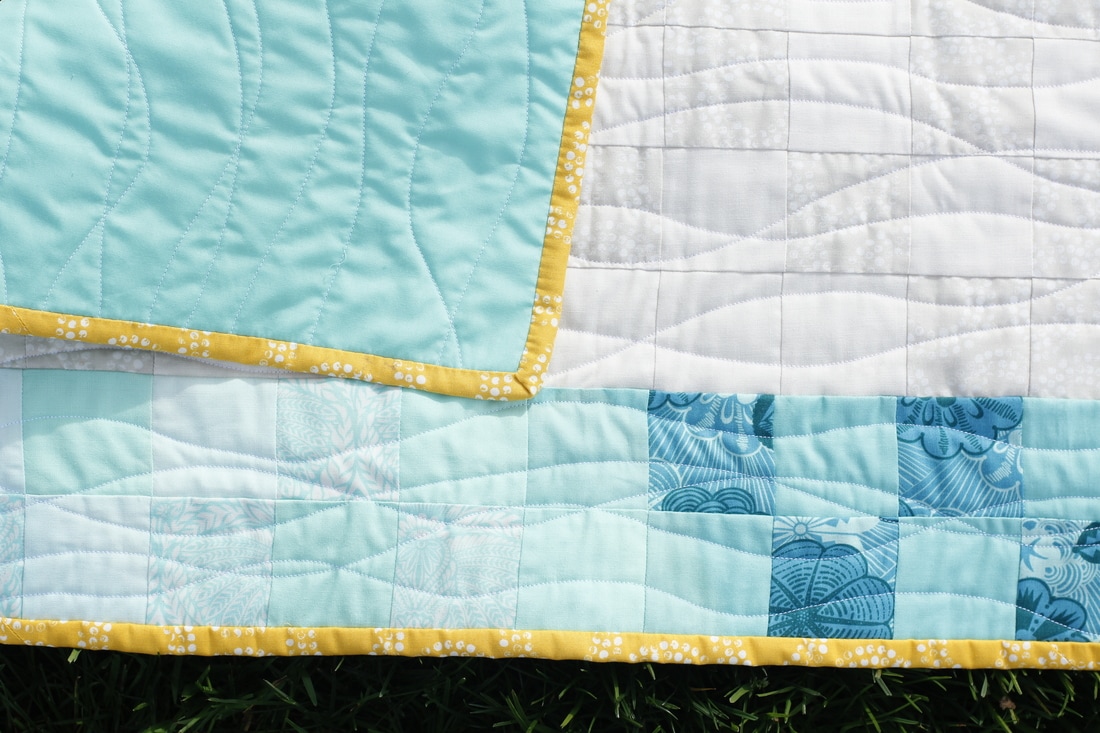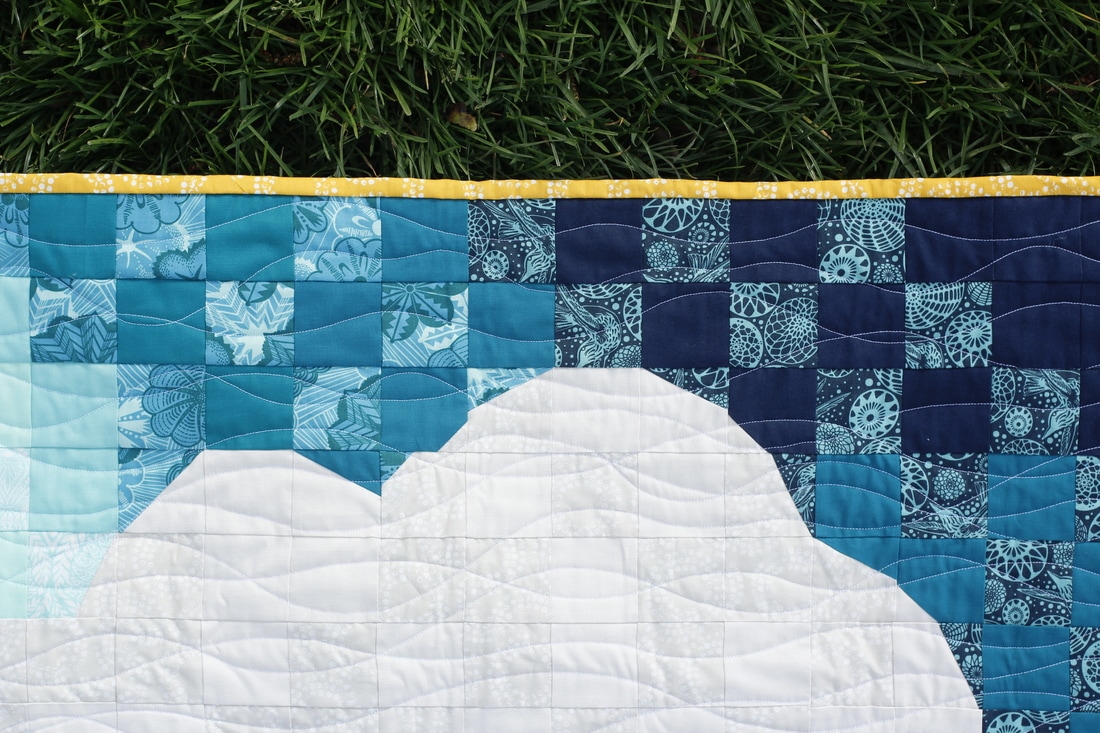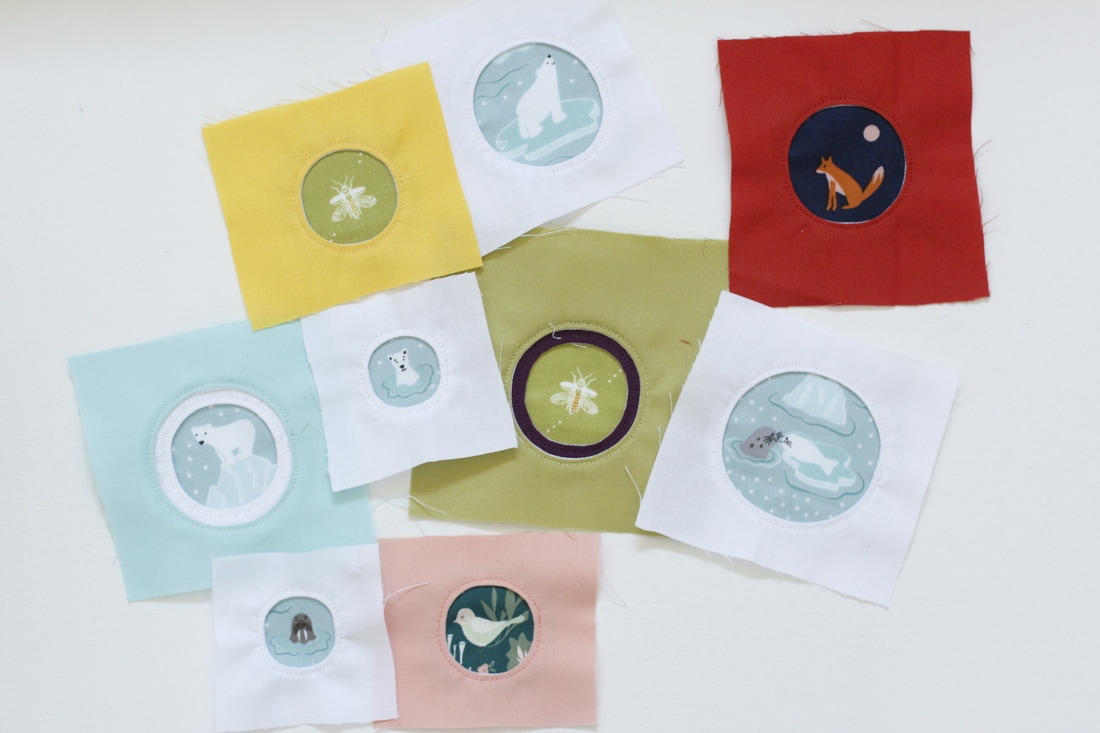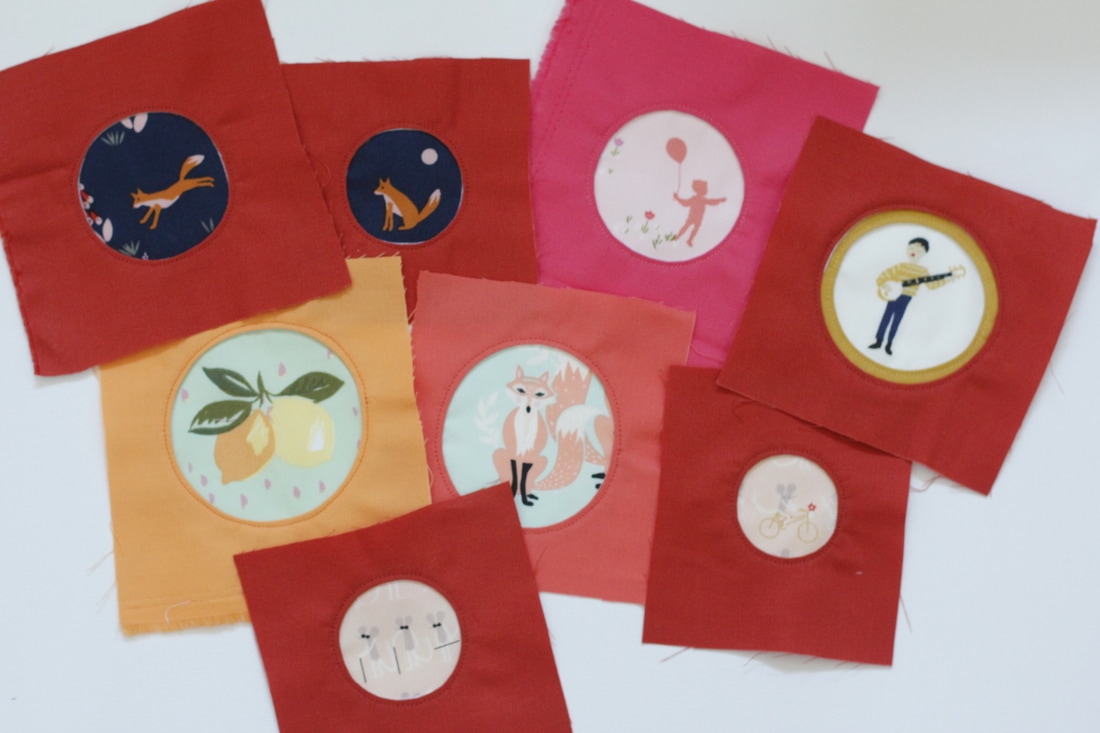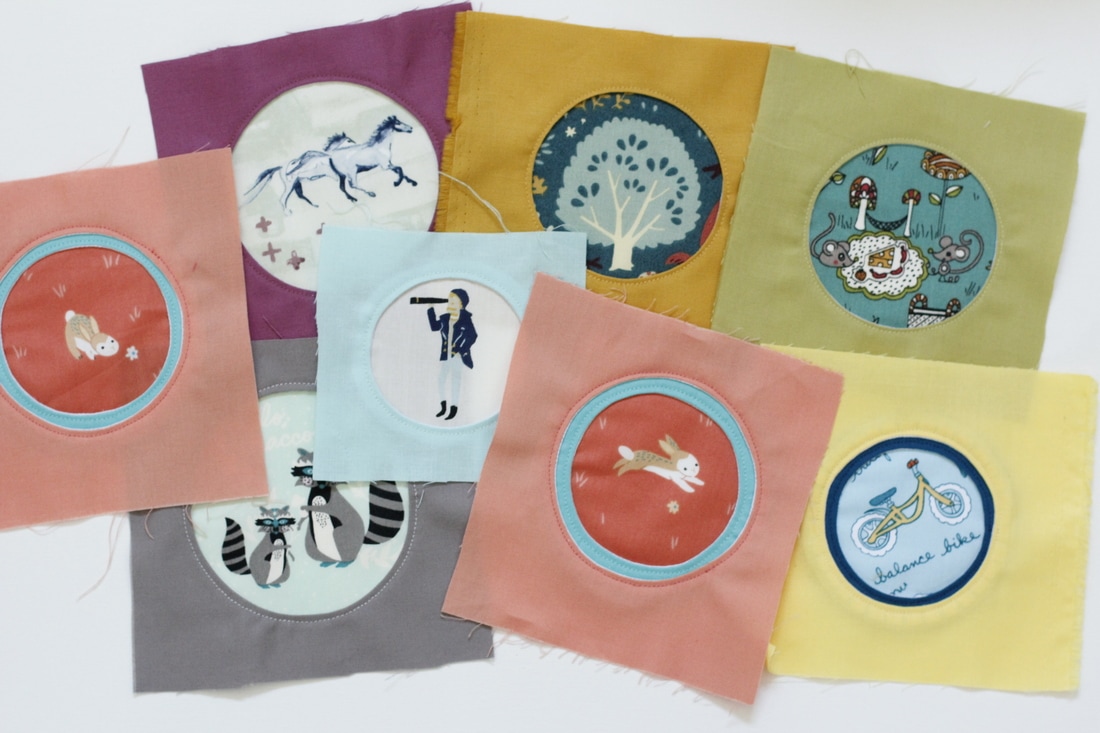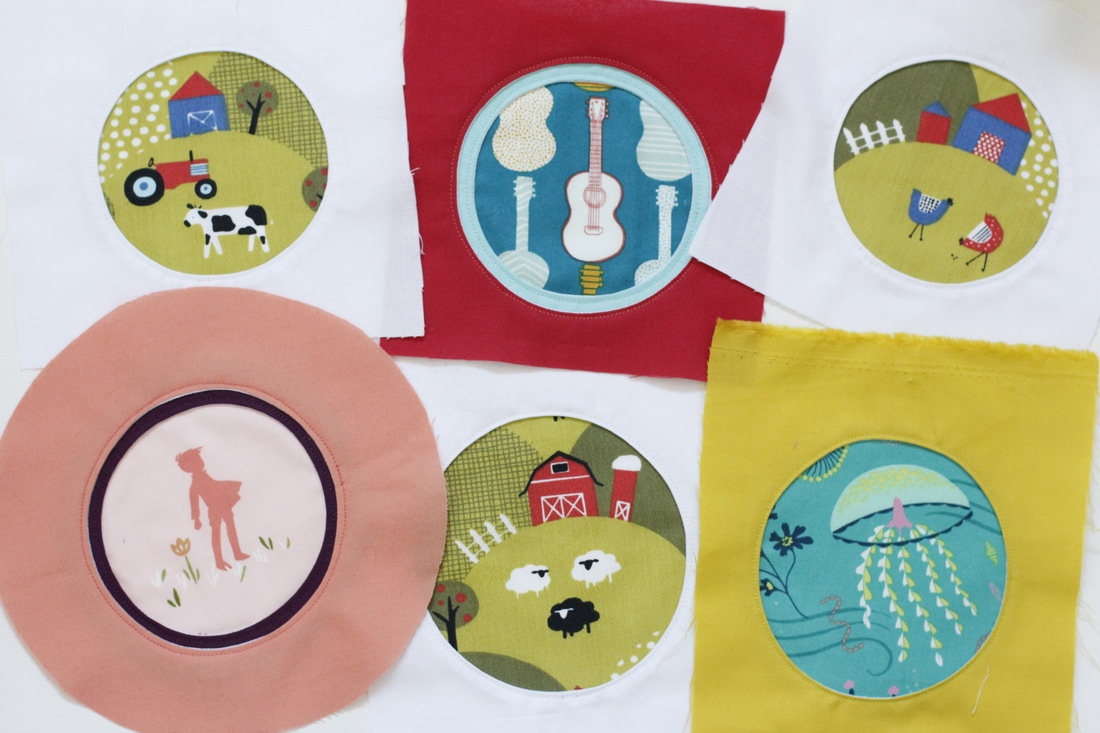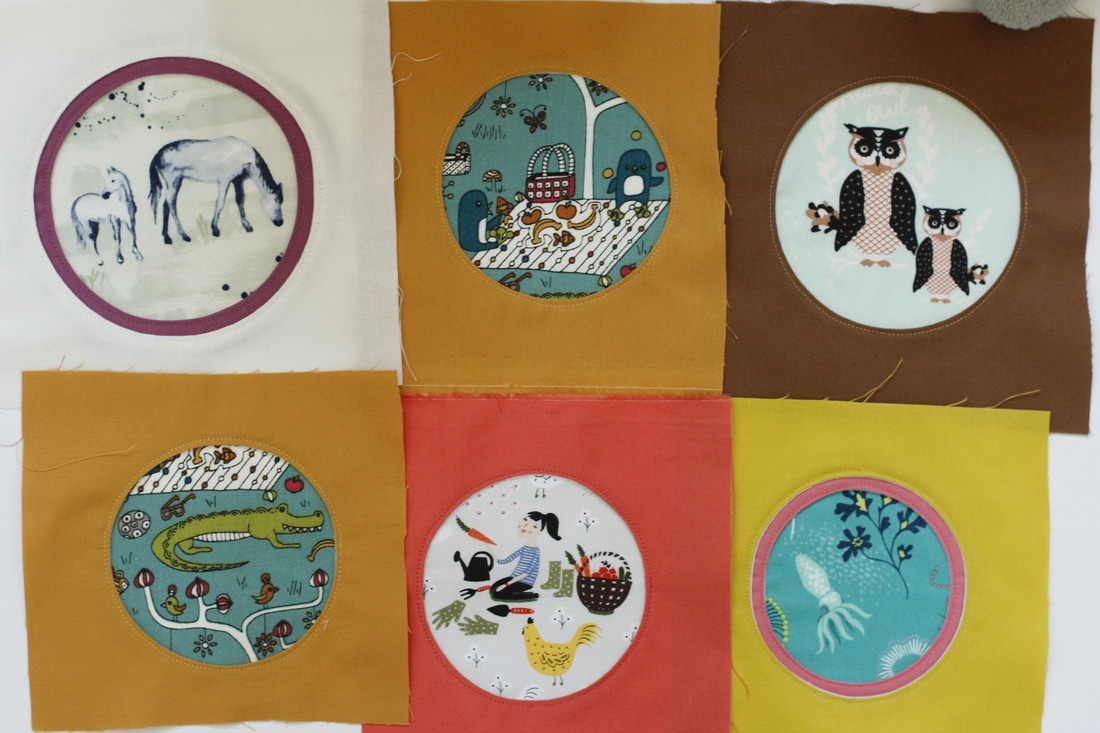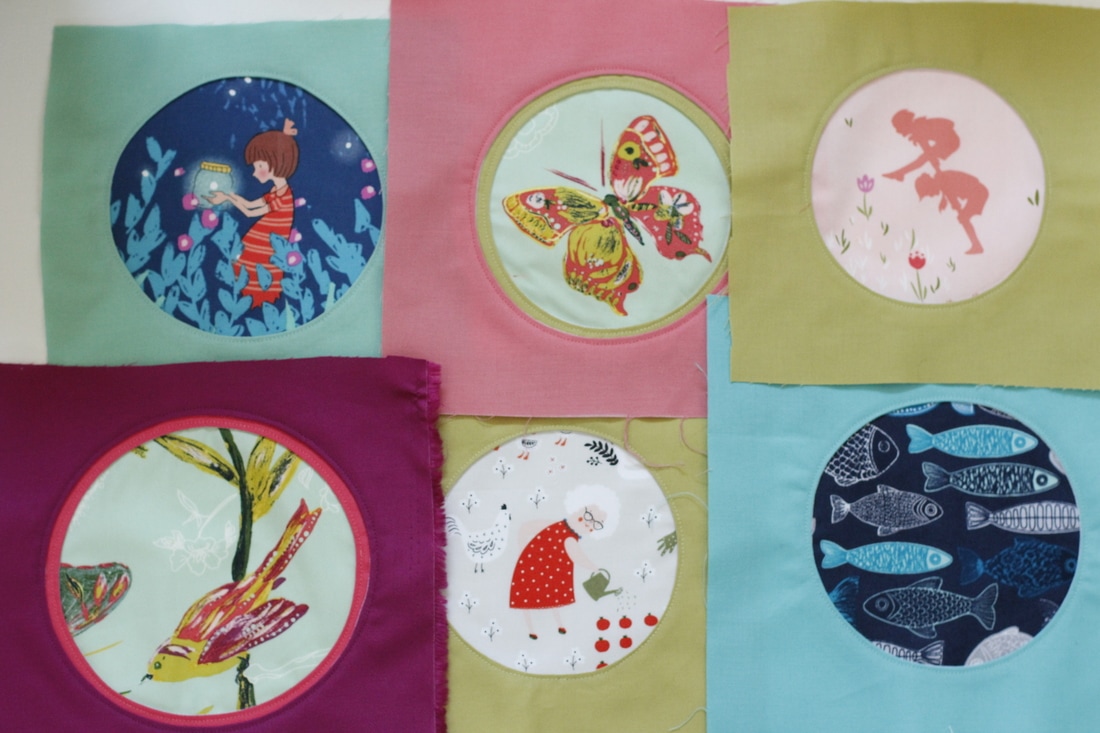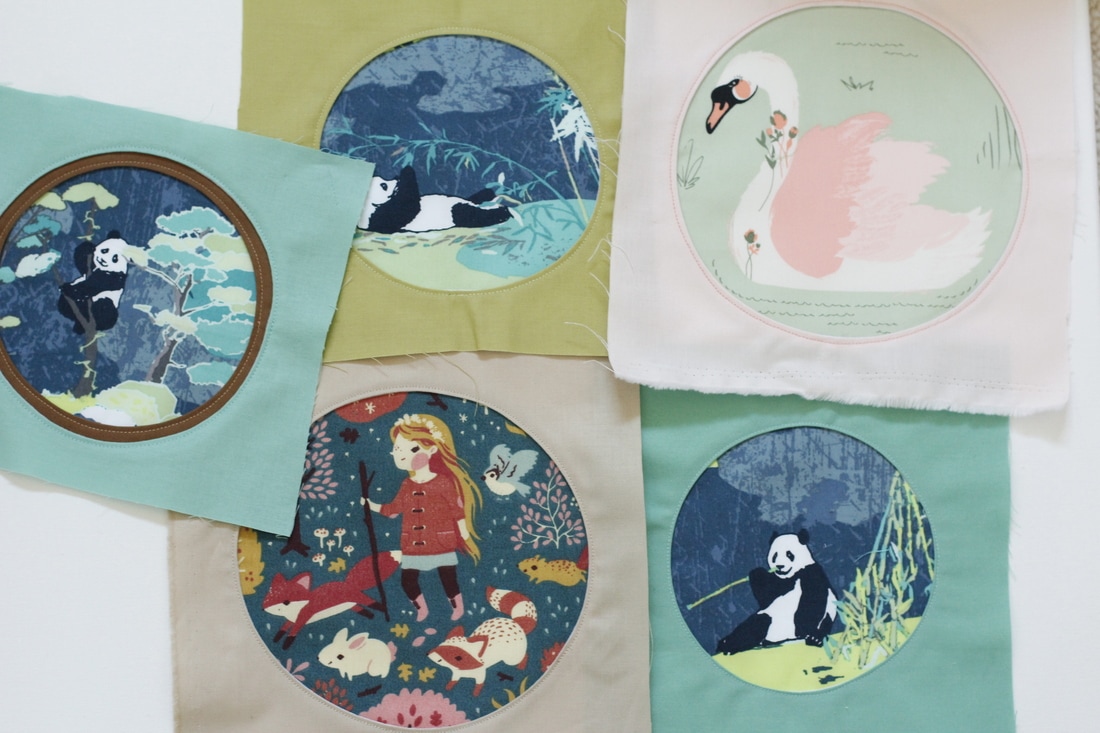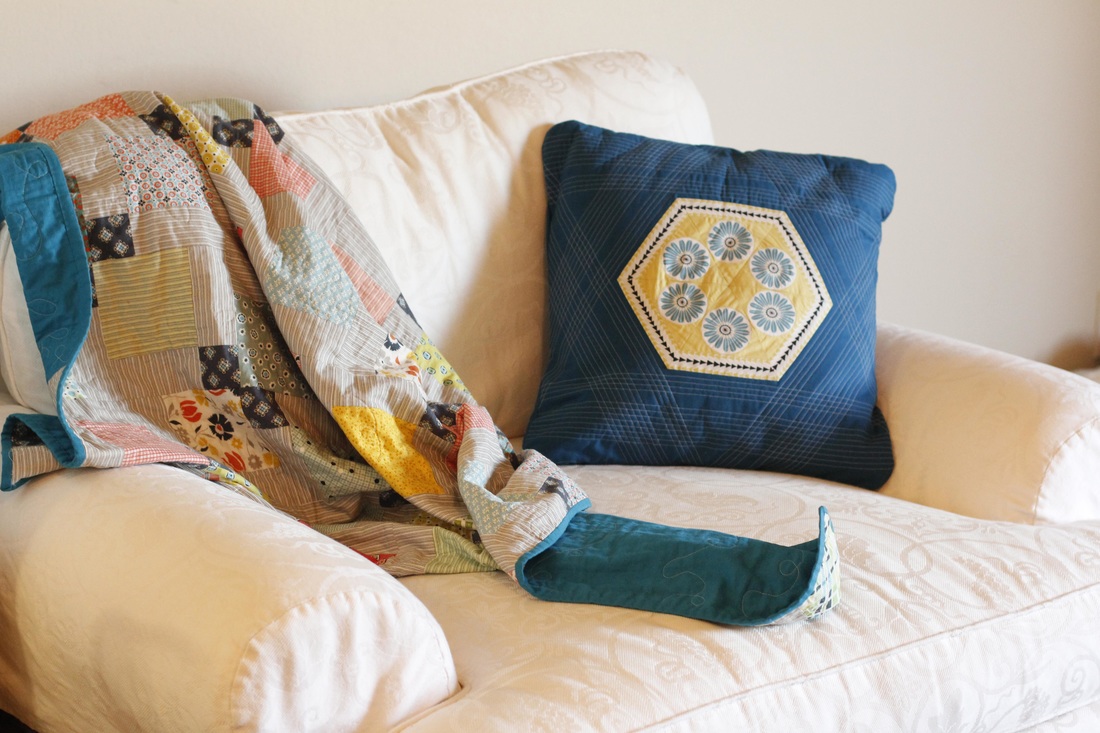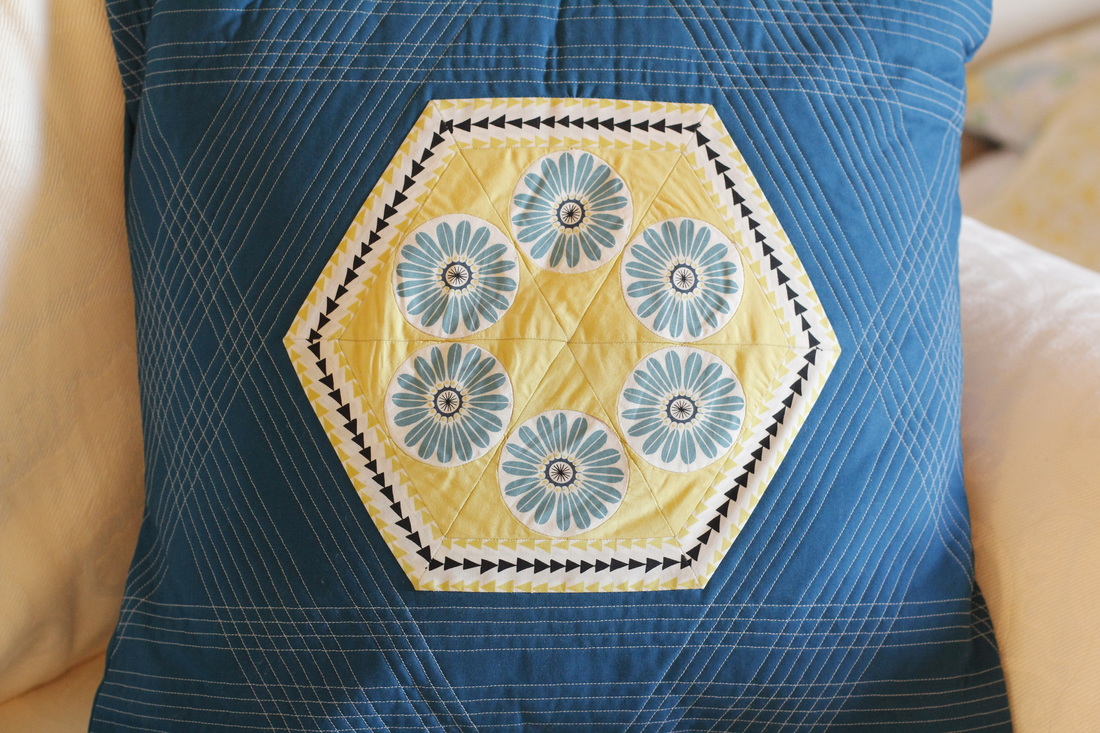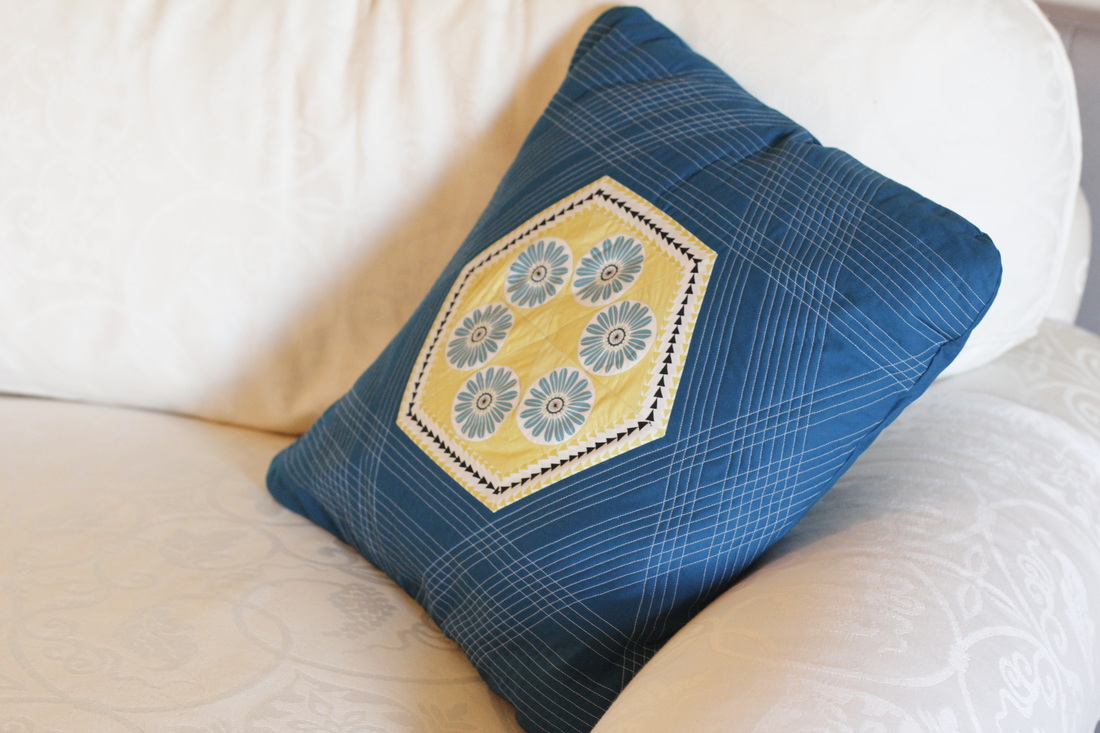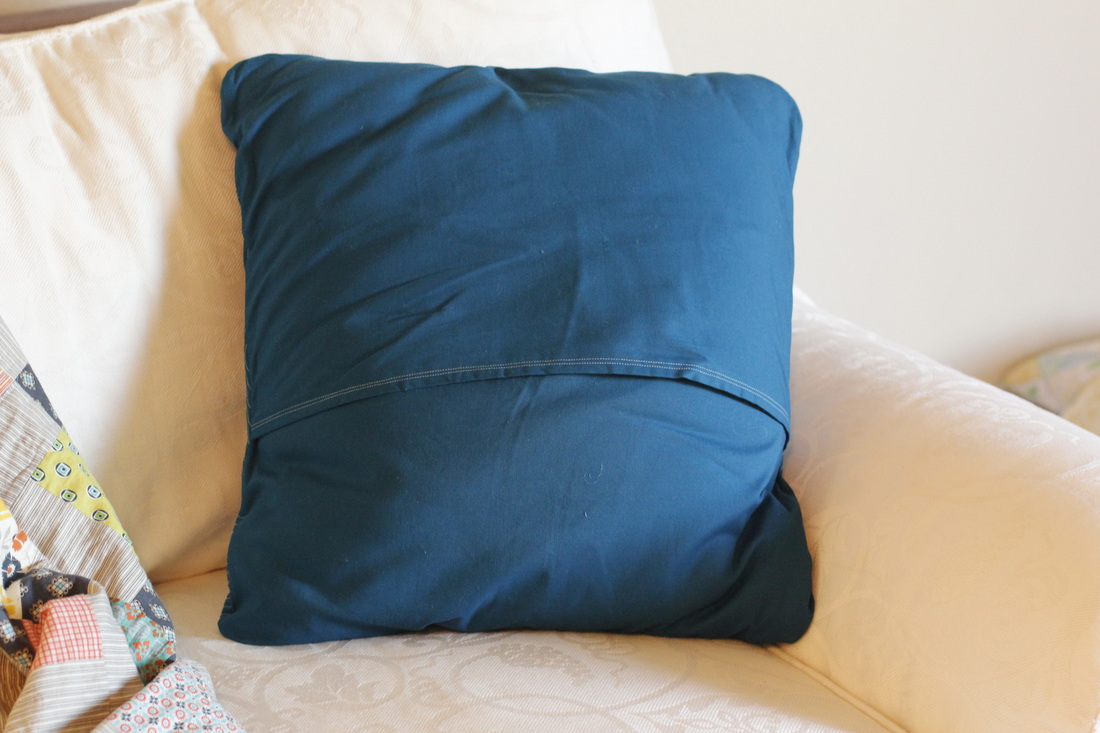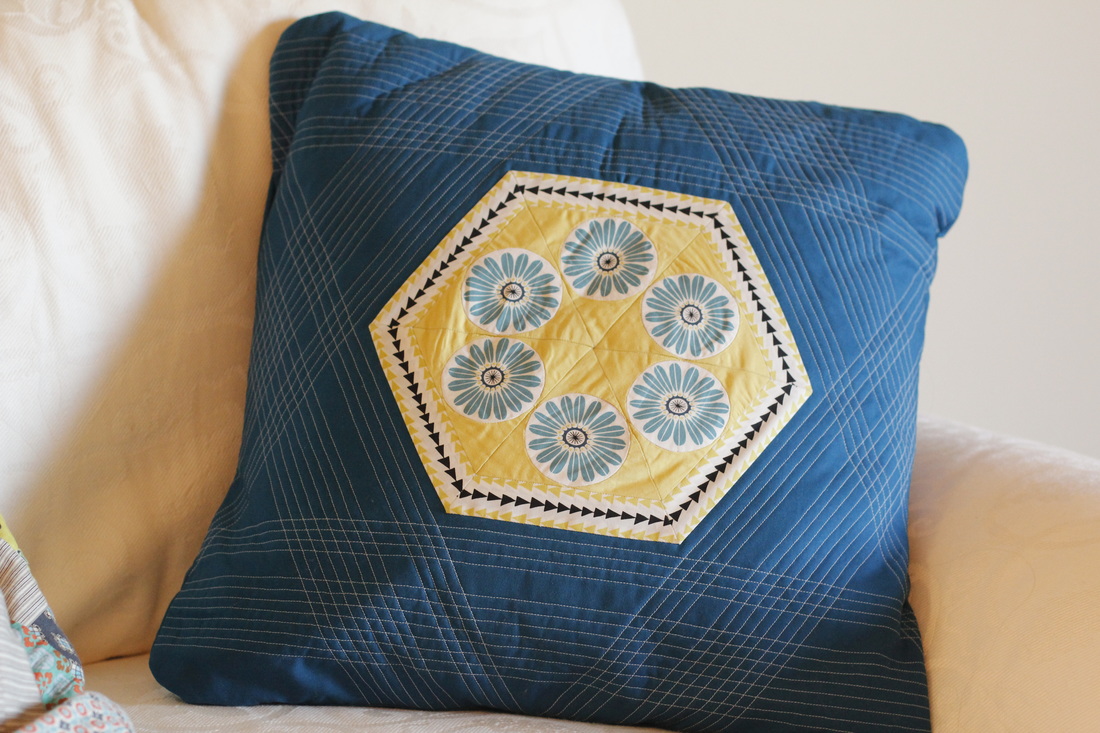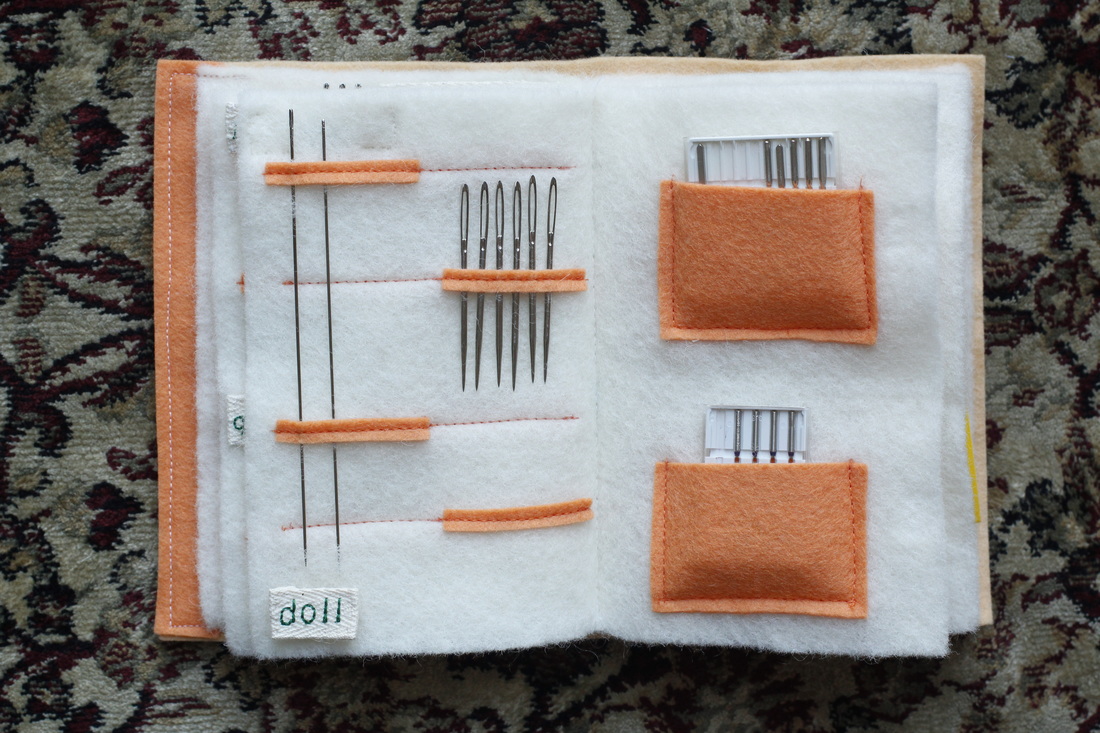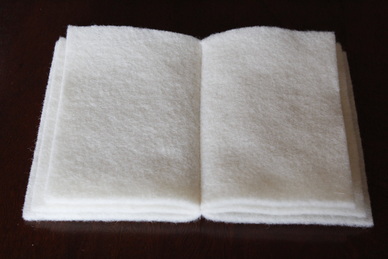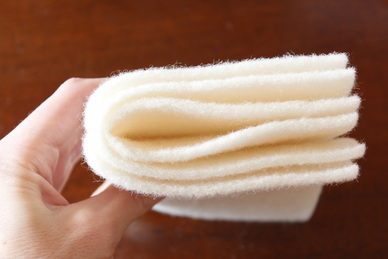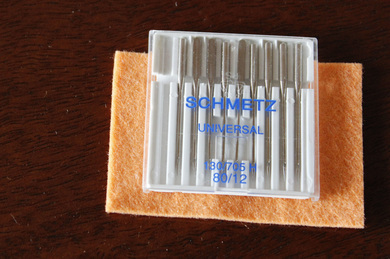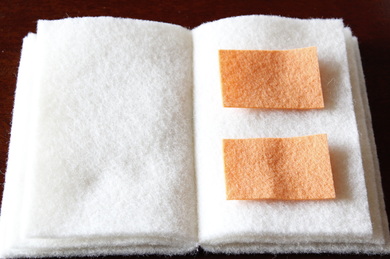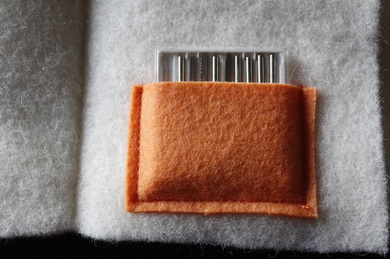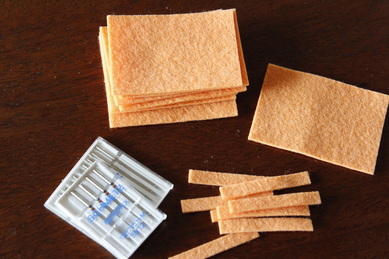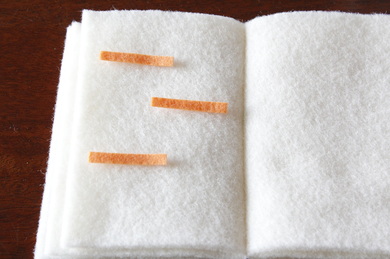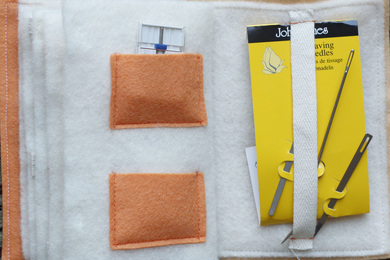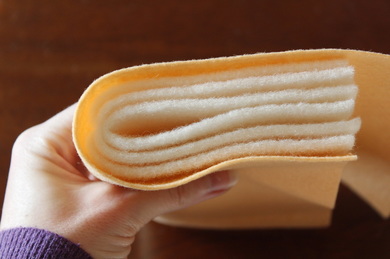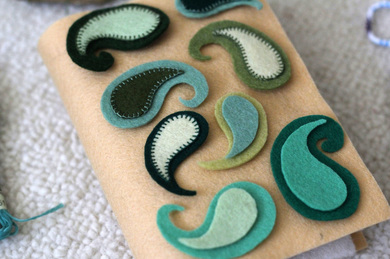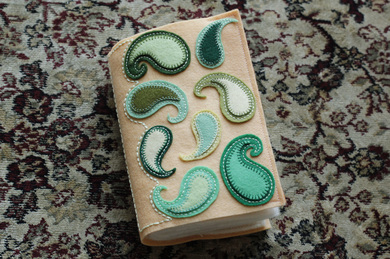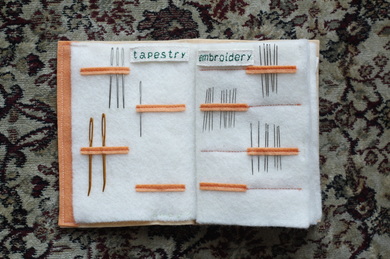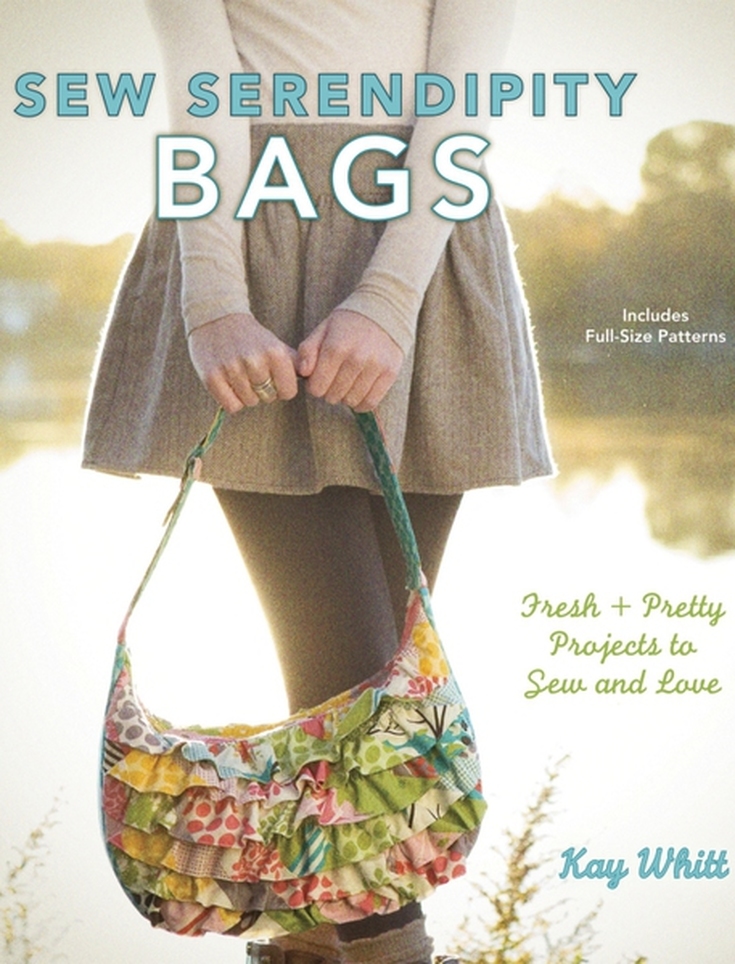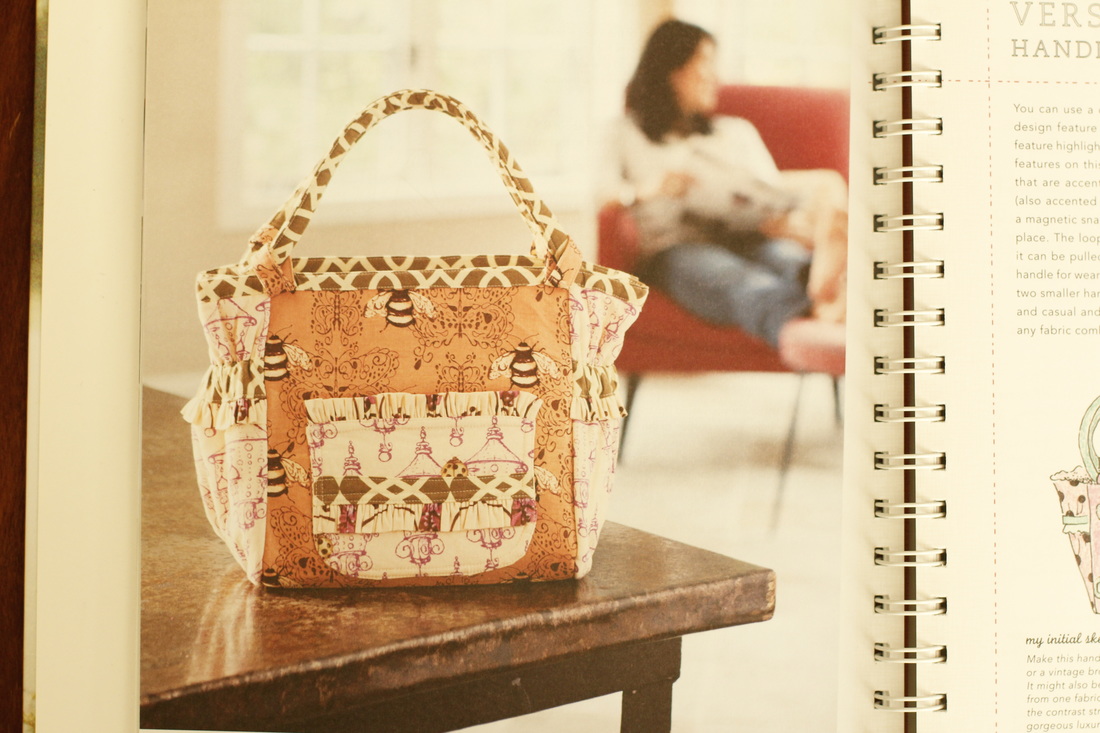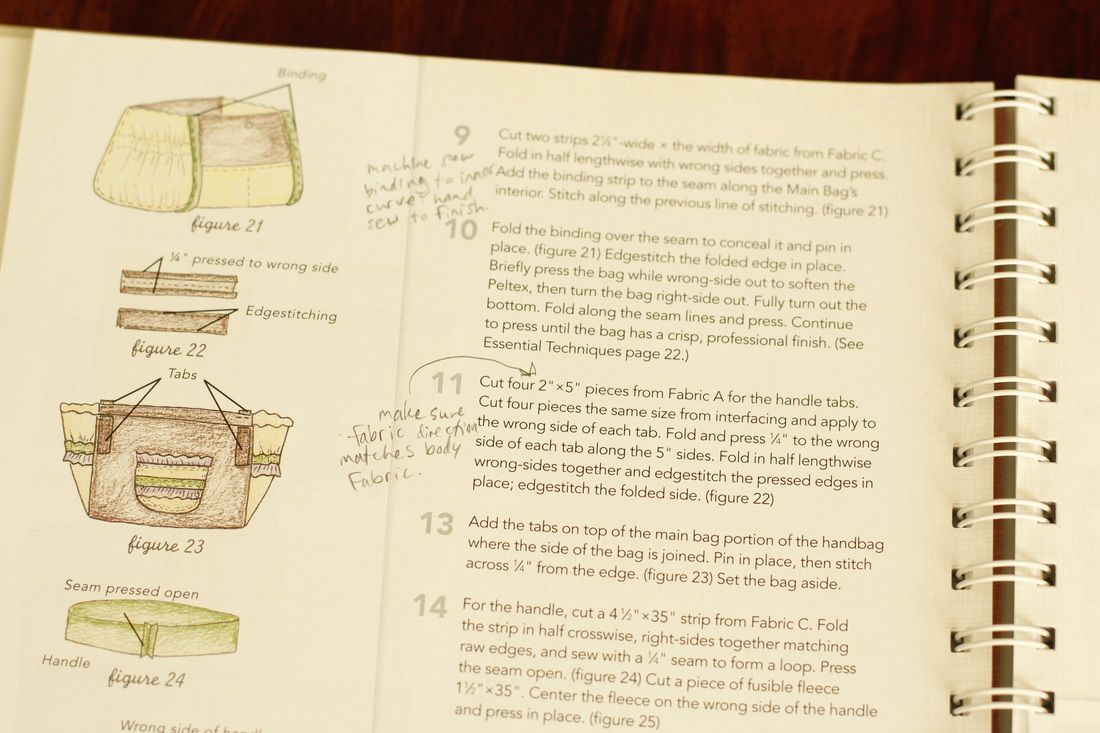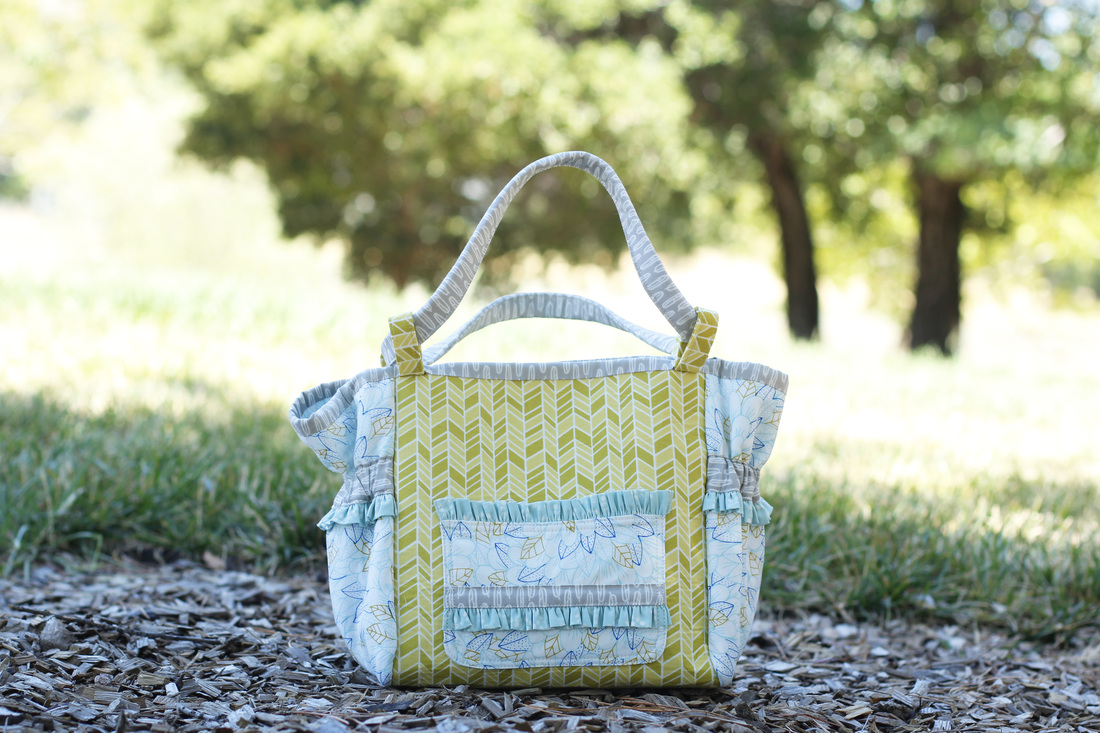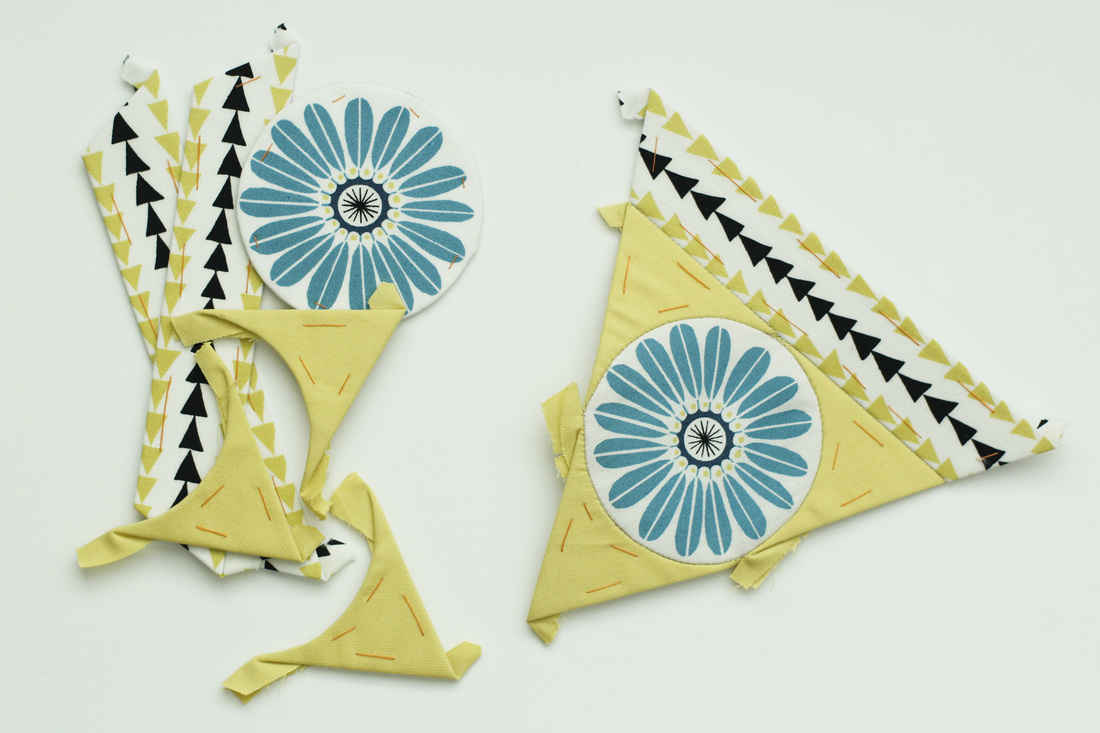After a month of brainstorming and indecision, I decided to make an applique quilt for my assigned partner (one of my older sisters) using scraps arranged in the shape of an elephant. For my pattern, I printed up a large-scale elephant at the copy shop for about $4. I traced the elephant outline directly onto my fusible backing then cut the fusible into several pieces corresponding with distinct parts of the elephant (trunk, legs, tail, etc). Then I chose some coordinating fabrics in pink and orange, cut them into random shapes for the main body and curved pieces for the trunk. The pieces were then carefully fused to the glue side of the fusible web. I tried to arrange the fabric pieces so that darker and lighter tones demarcated specific parts of the elephant to give it a more defined shape. I think I mostly succeeded with that.
Once all the fusing was complete, I removed the paper backing and fused the individual pieces to a piece of Kona (burgundy, I think). I pieced a backing using more of the Kona and some pieced strips using more of the fabric from the front. After putting all the pieces together and basting, I had to figure out how to quilt everything without going nuts. I decided to quilt over all the raw edges using free-motion techniques to avoid all the needle-down rotating stuff. It was my first time doing free motion (I hadn't yet done the watercolor quilting workshop at Handcraft Studio School) and it turned out pretty good. I also zig-zag stitched all around the elephant to give even more definition to the shape when viewed on the reverse.
The finished piece is a lap-sized quilt bound with more of the lovely orange and pink flower fabric used in the applique. For some extras, I included a fat quarter of a strawberry print fabric, some adorable wood buttons, jelly beans, a gift card, and paper flowers. I know my sister will enjoy it all!

